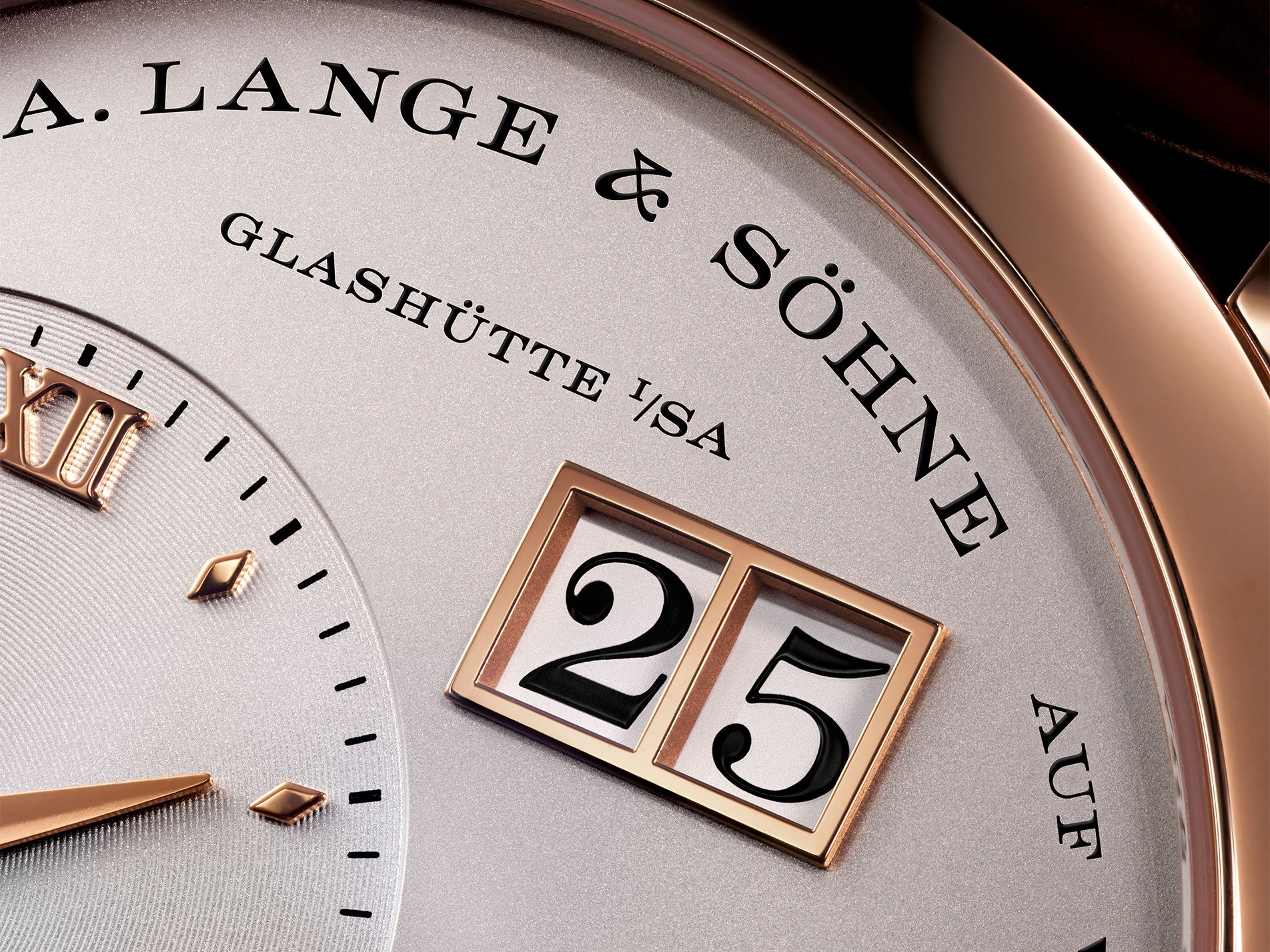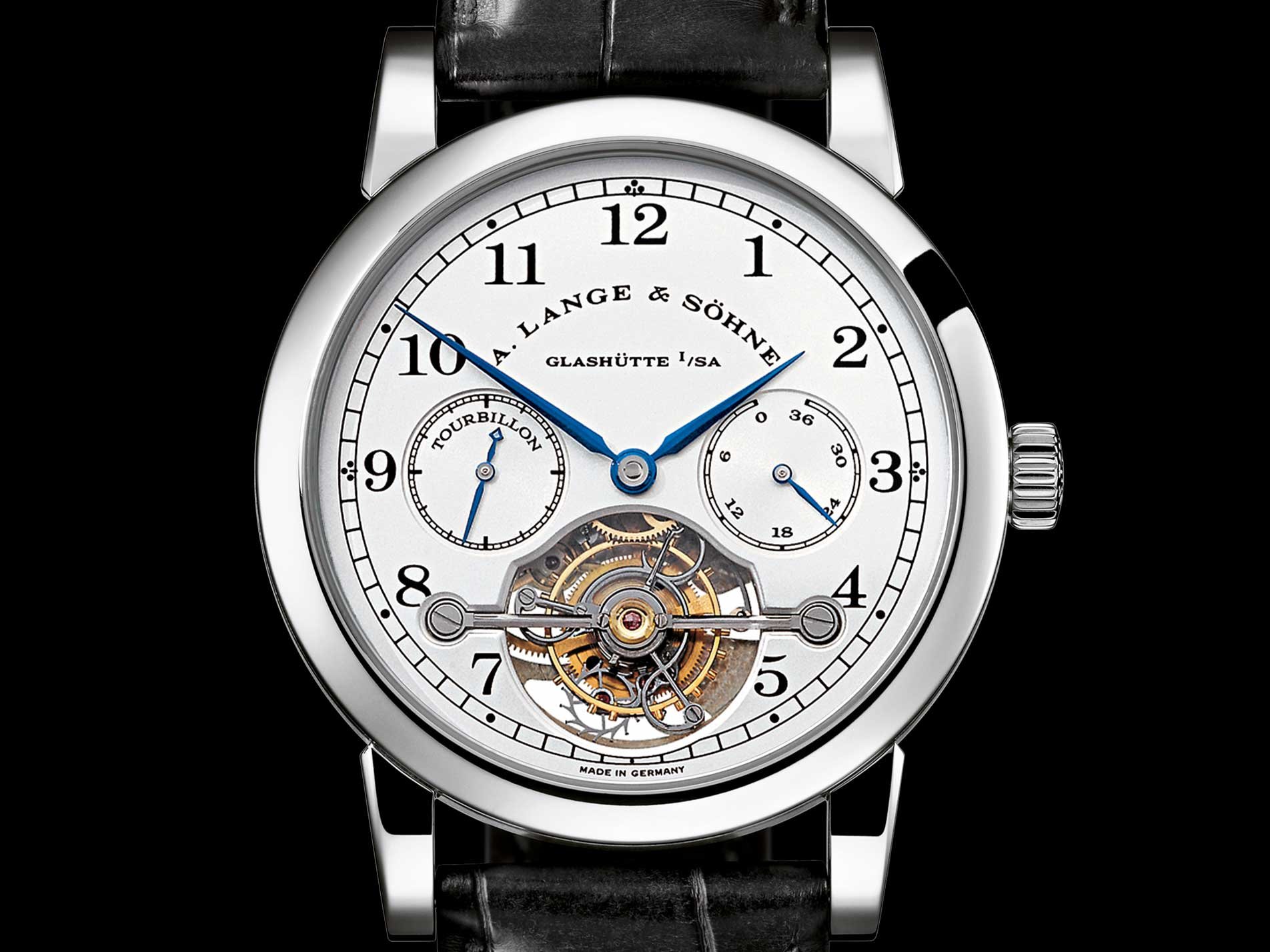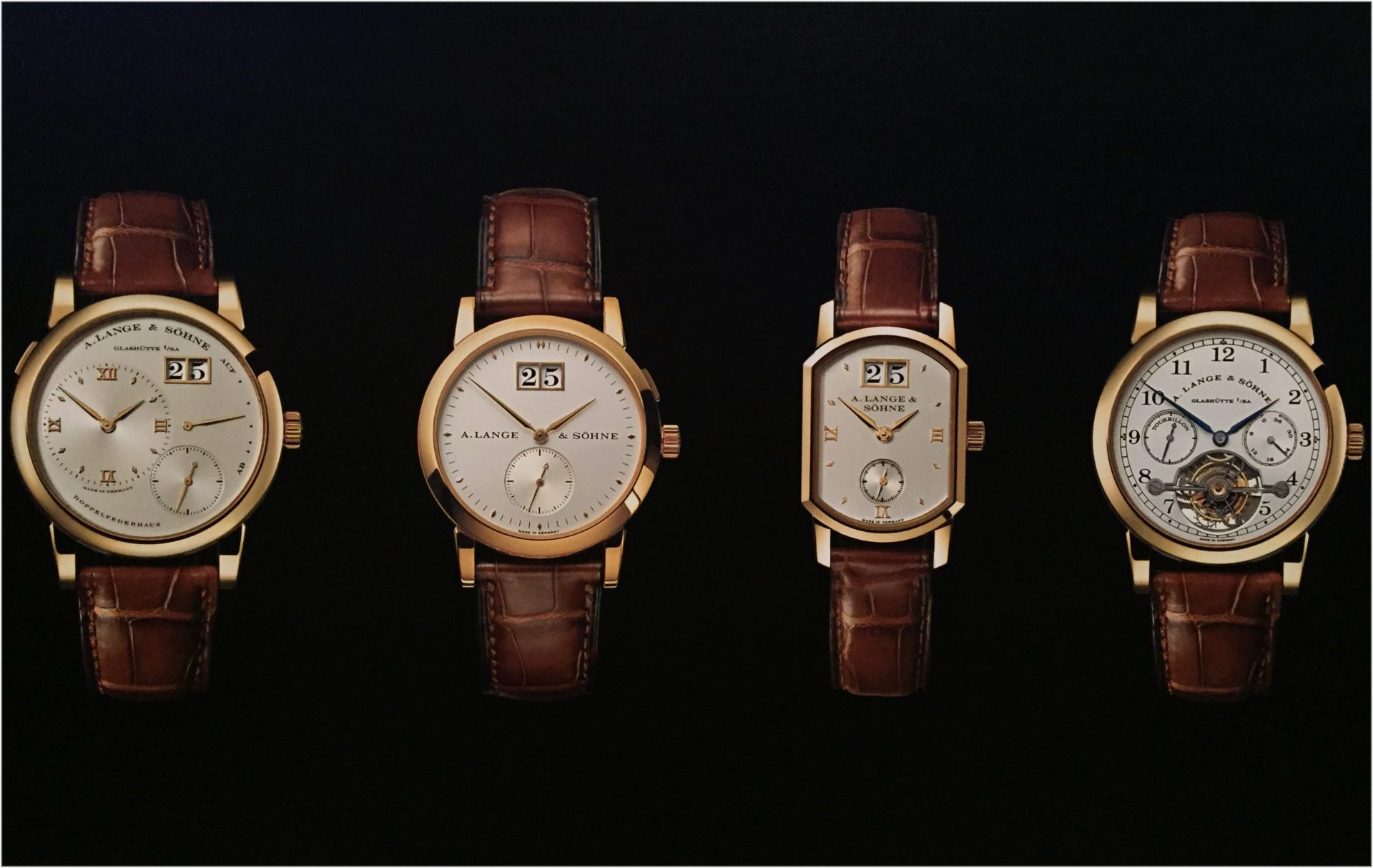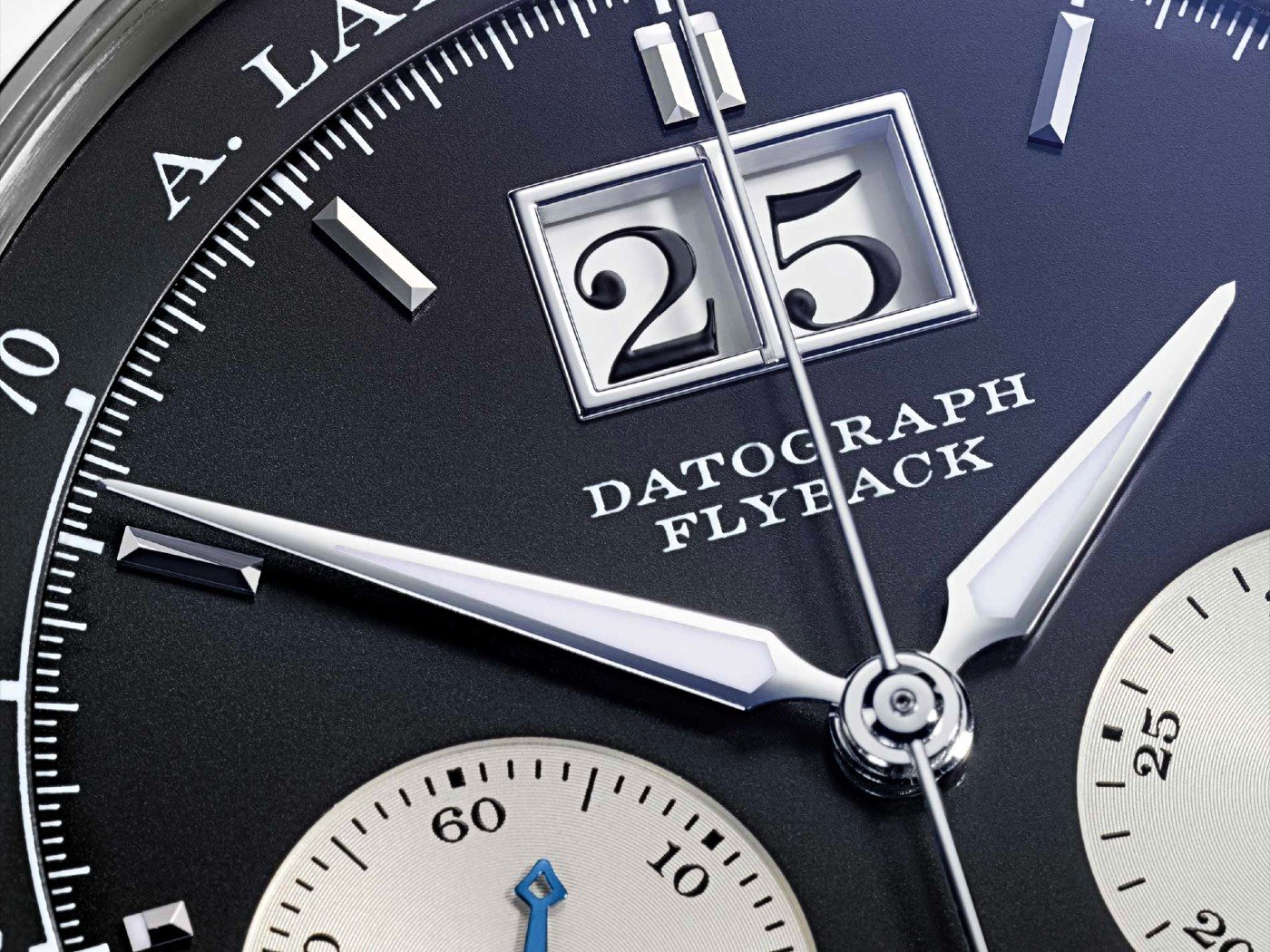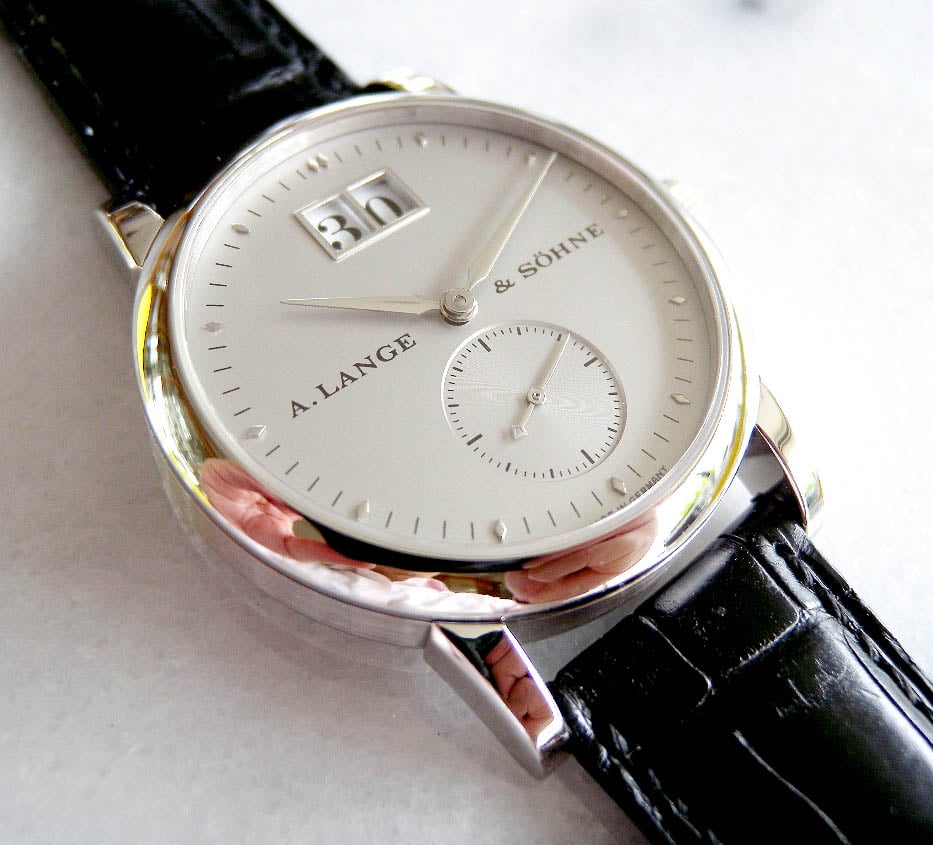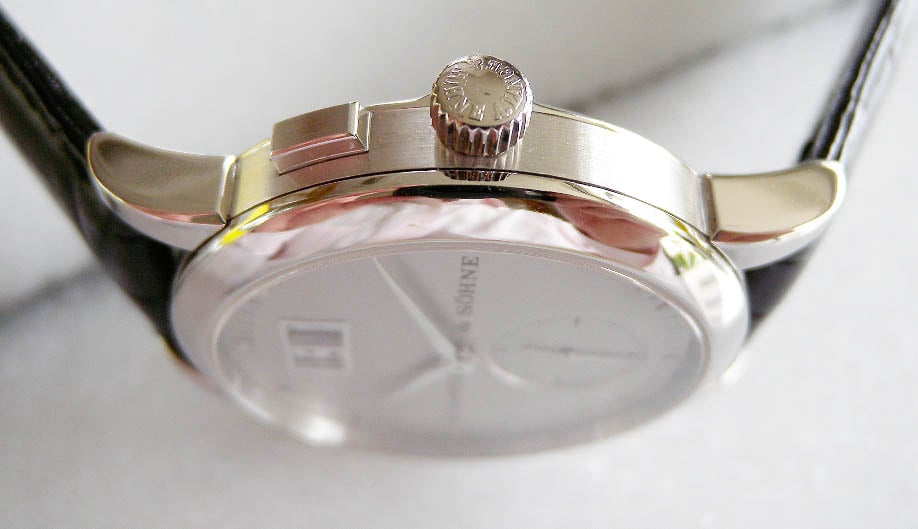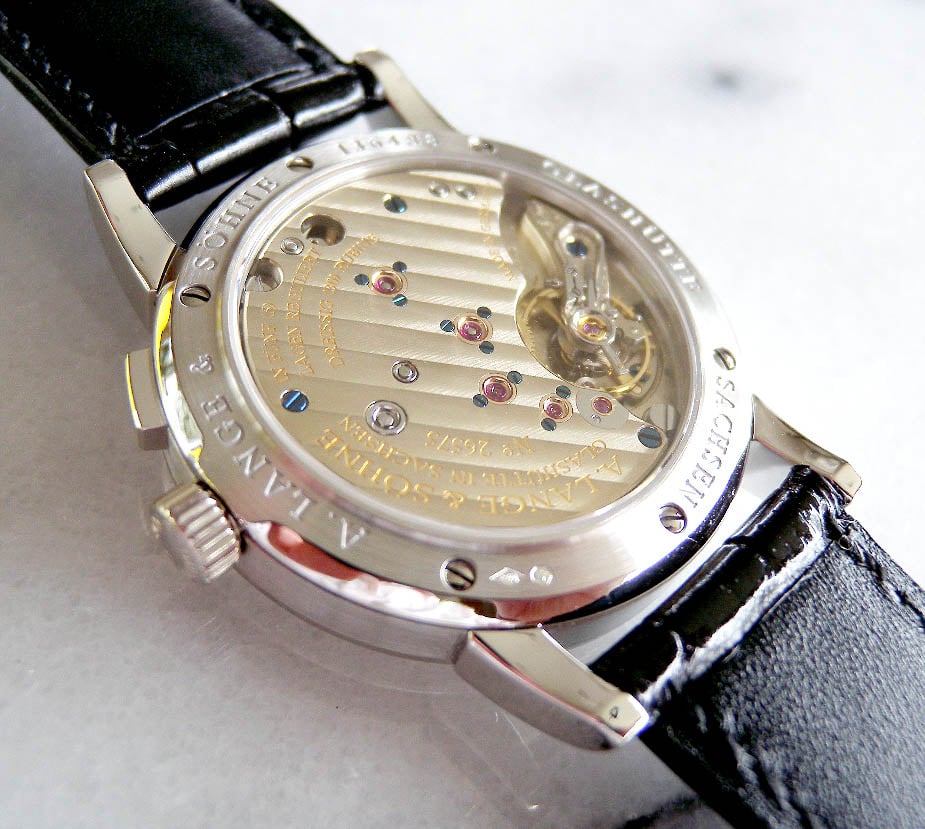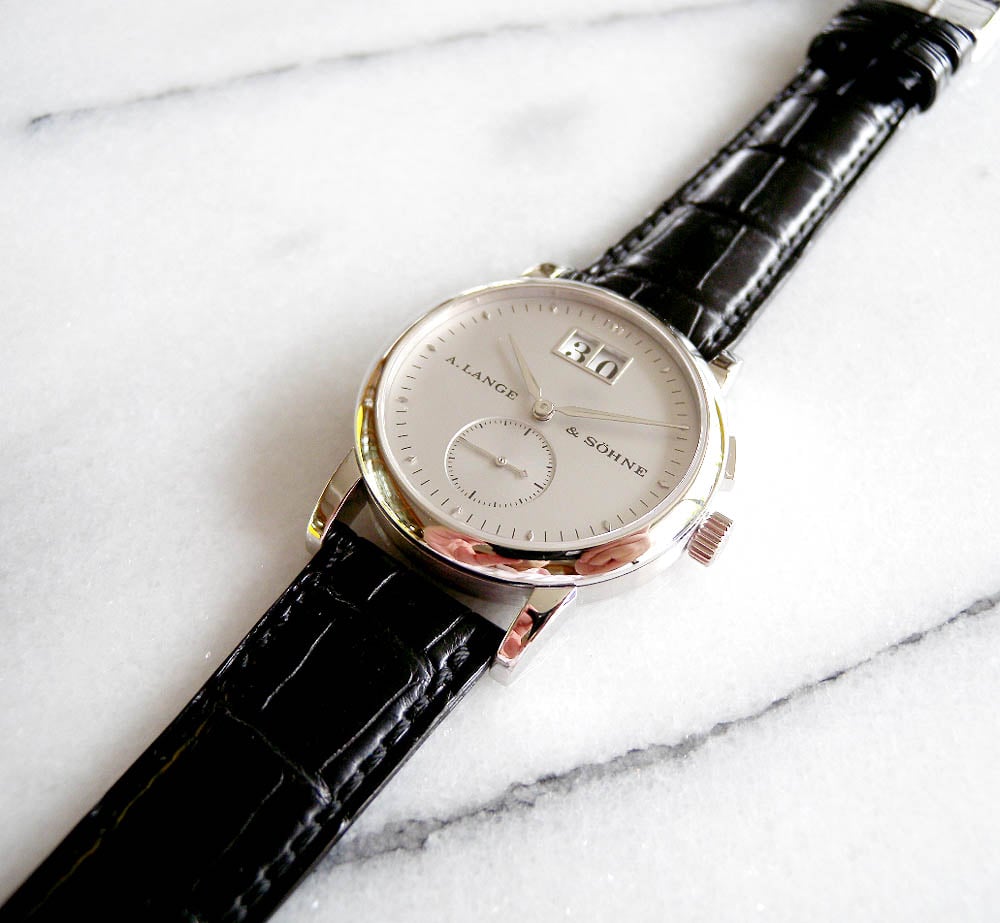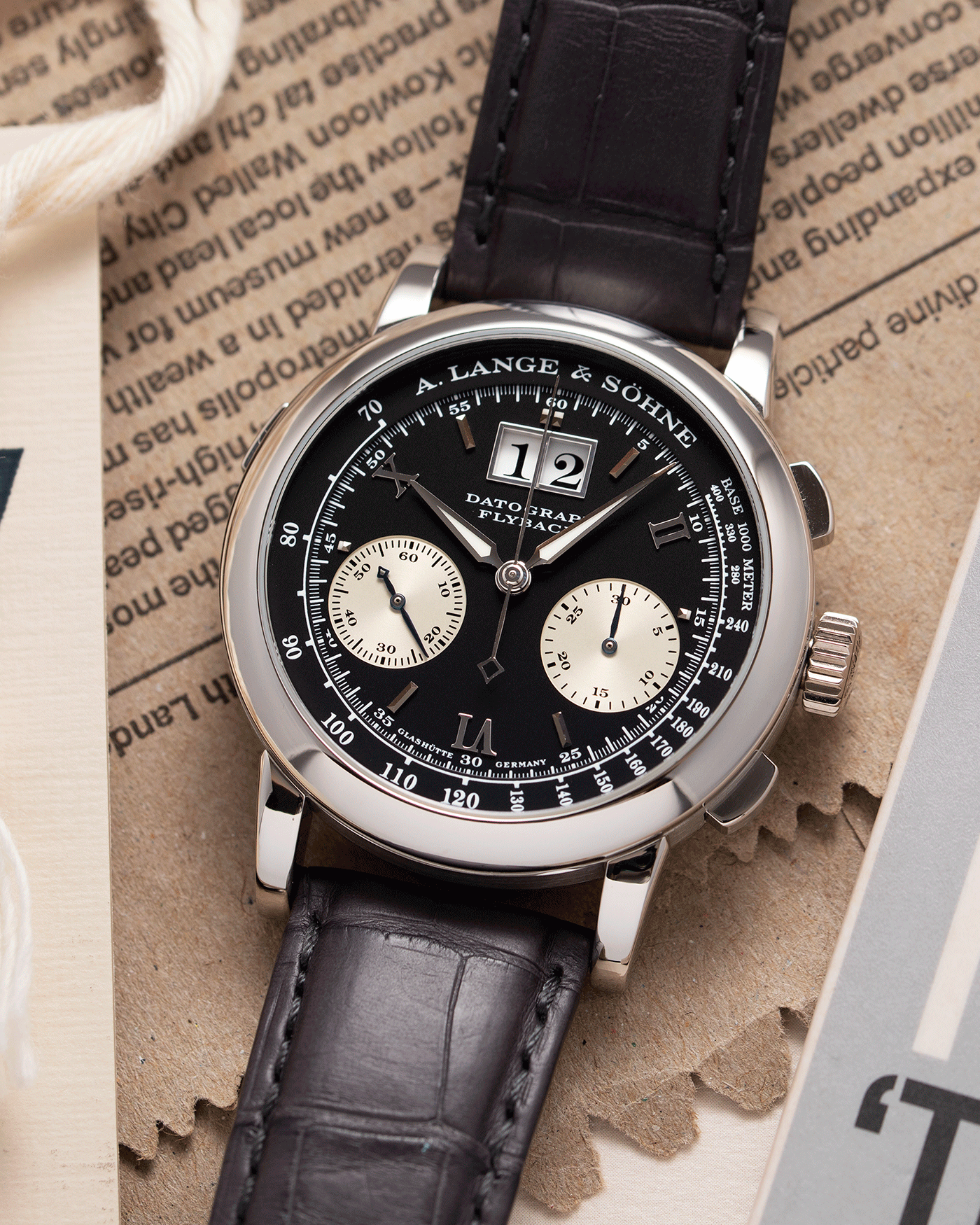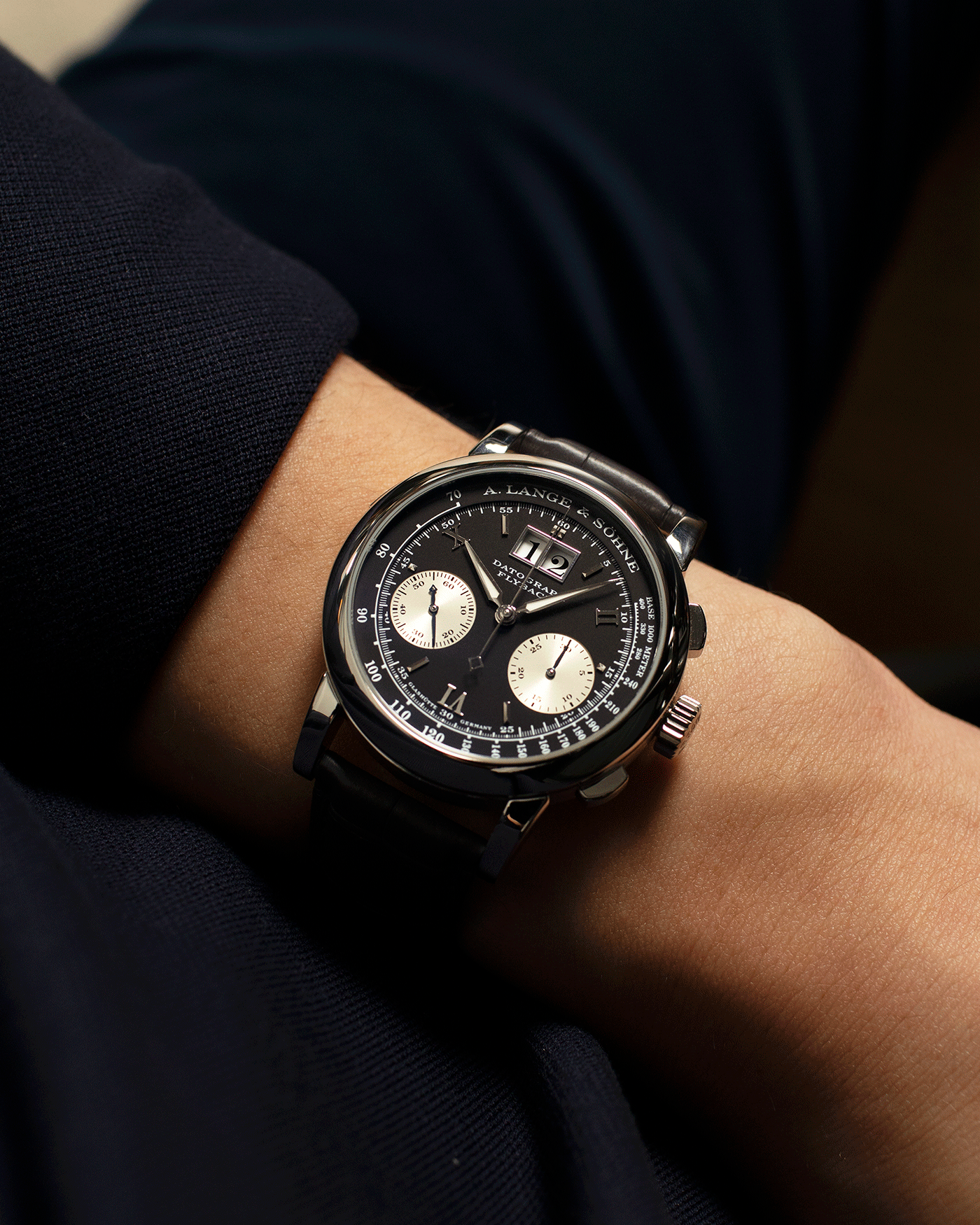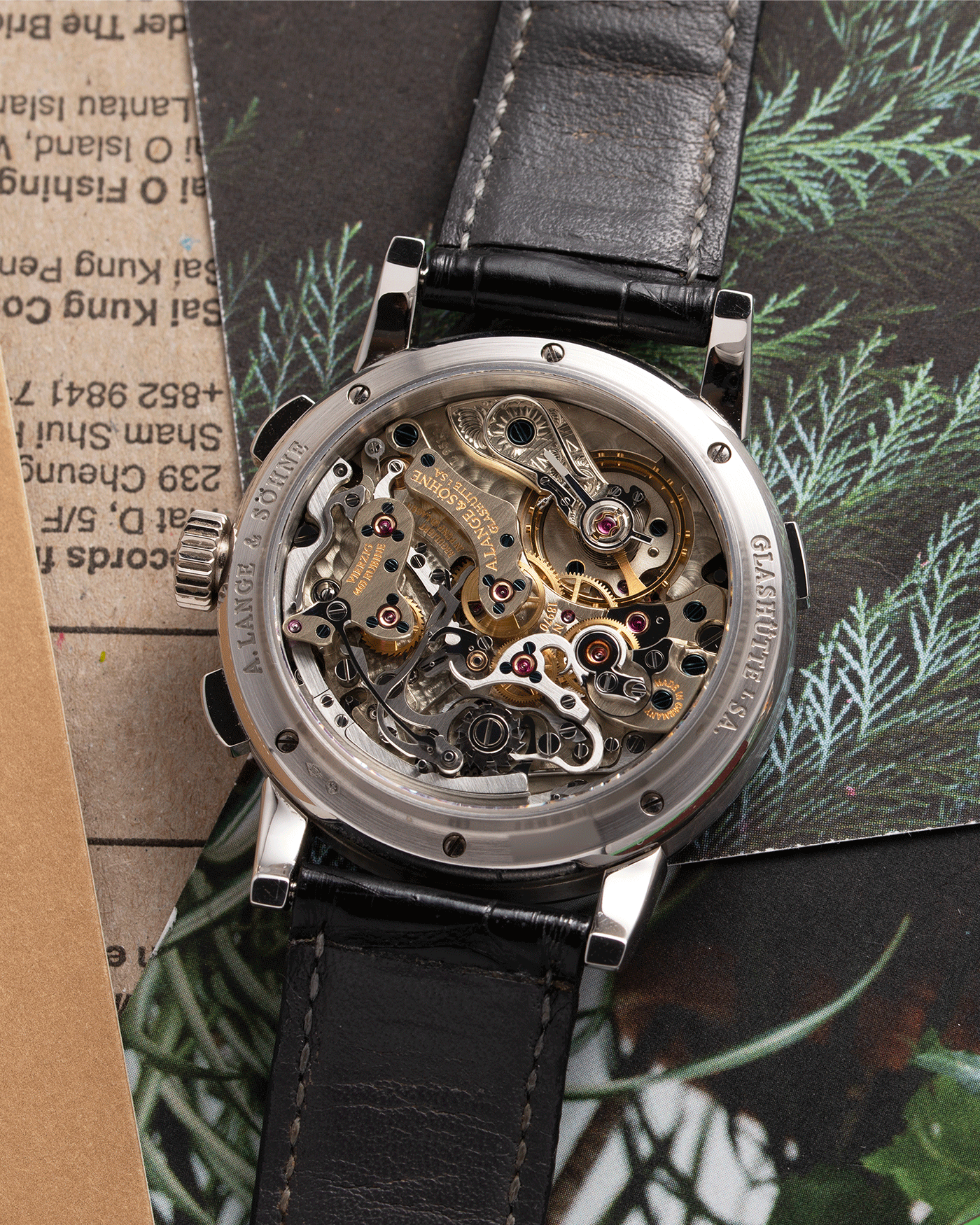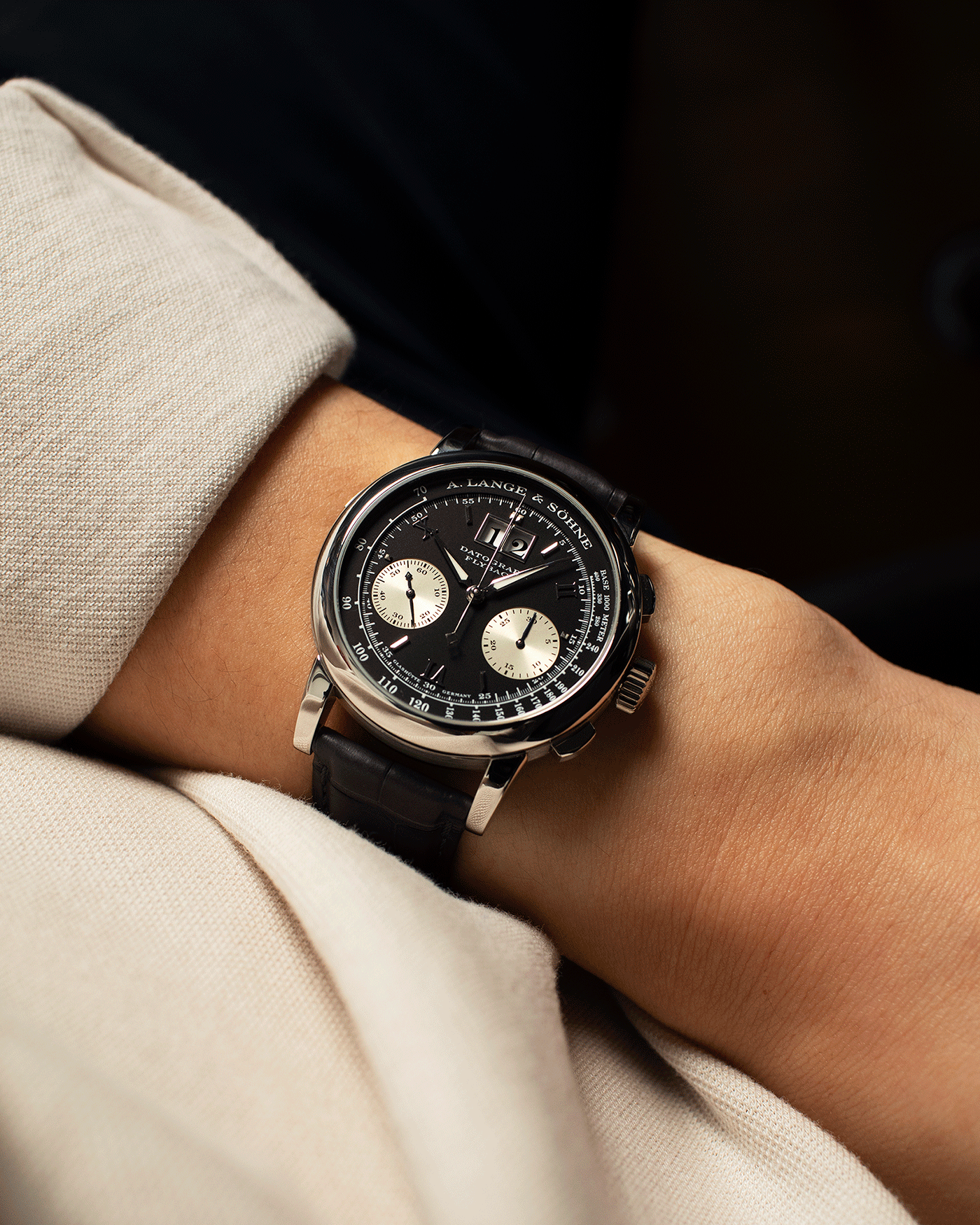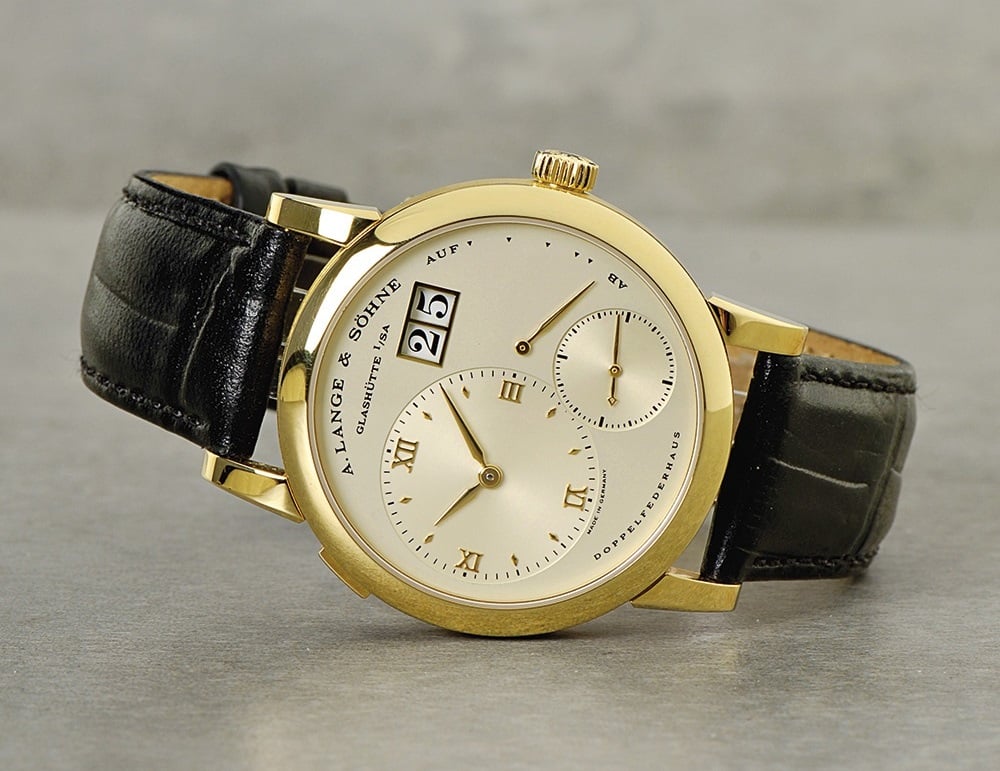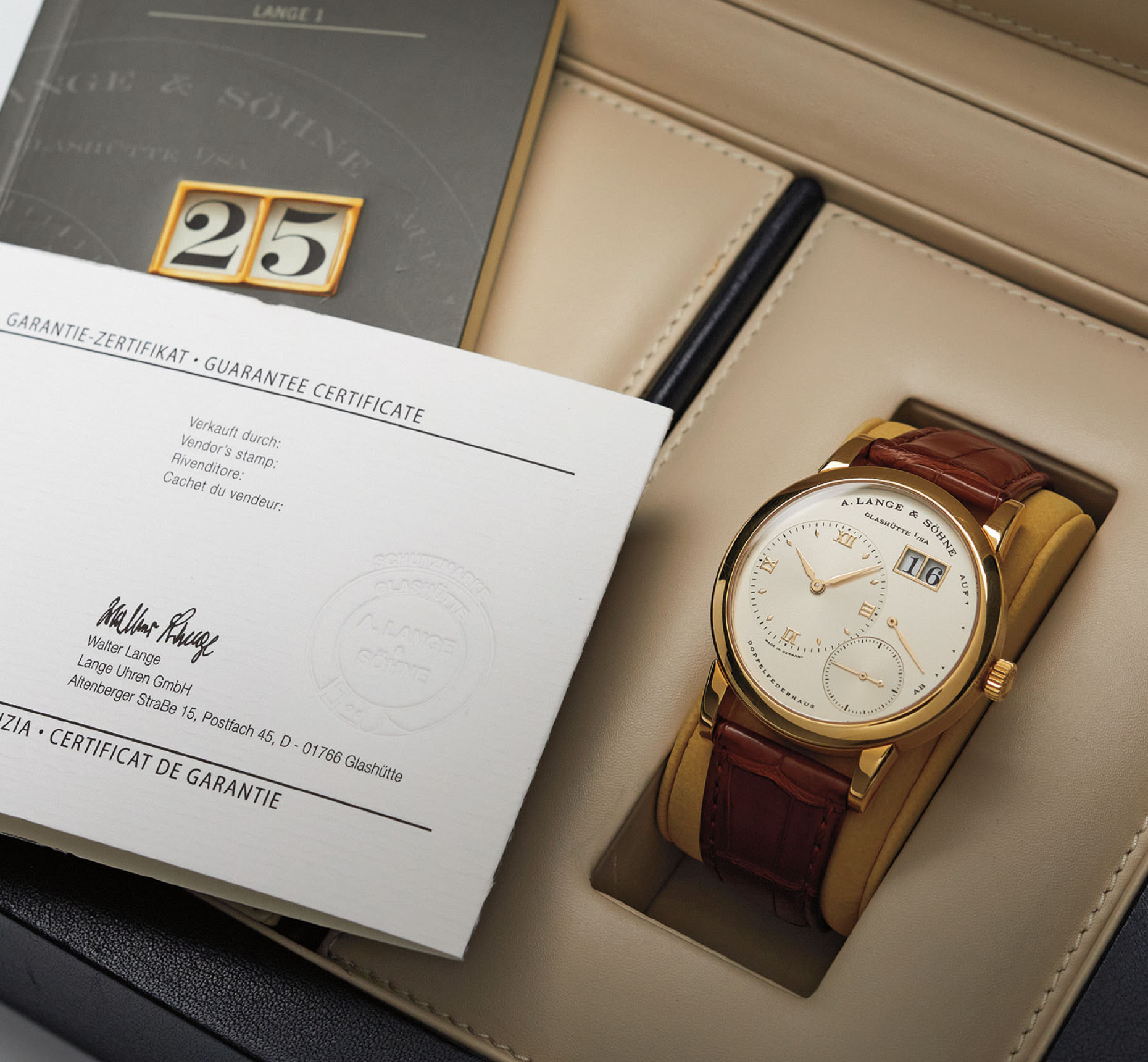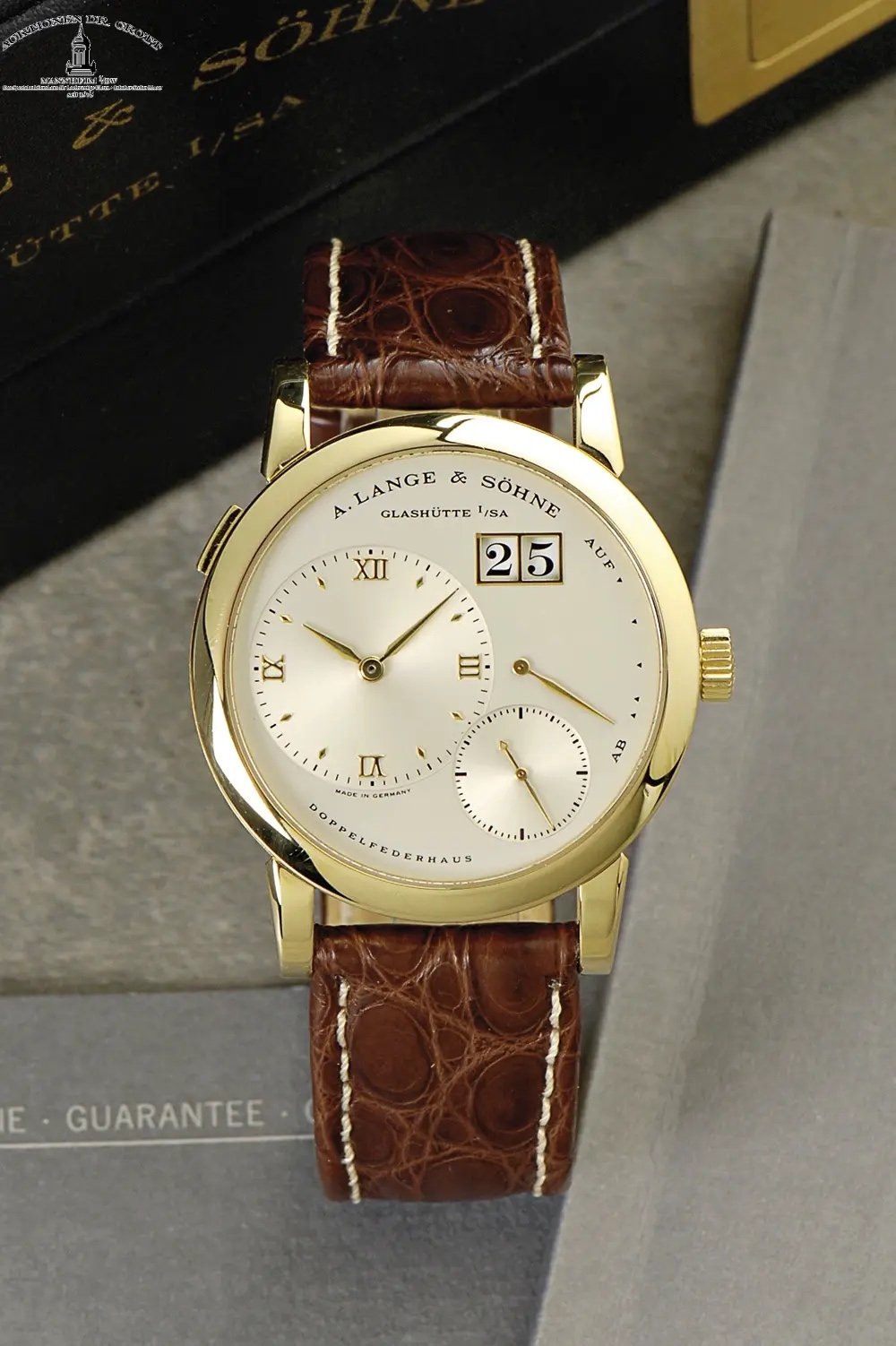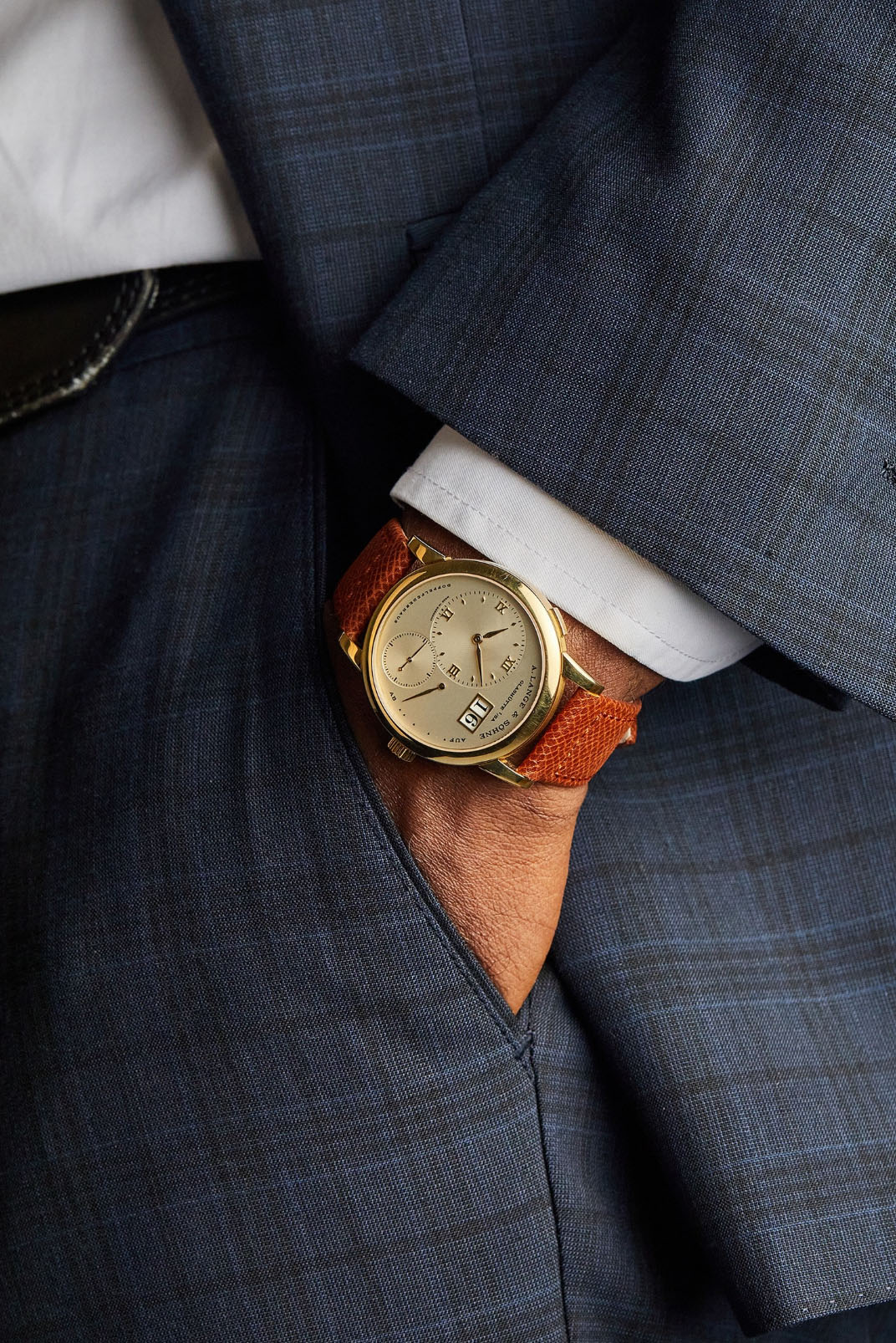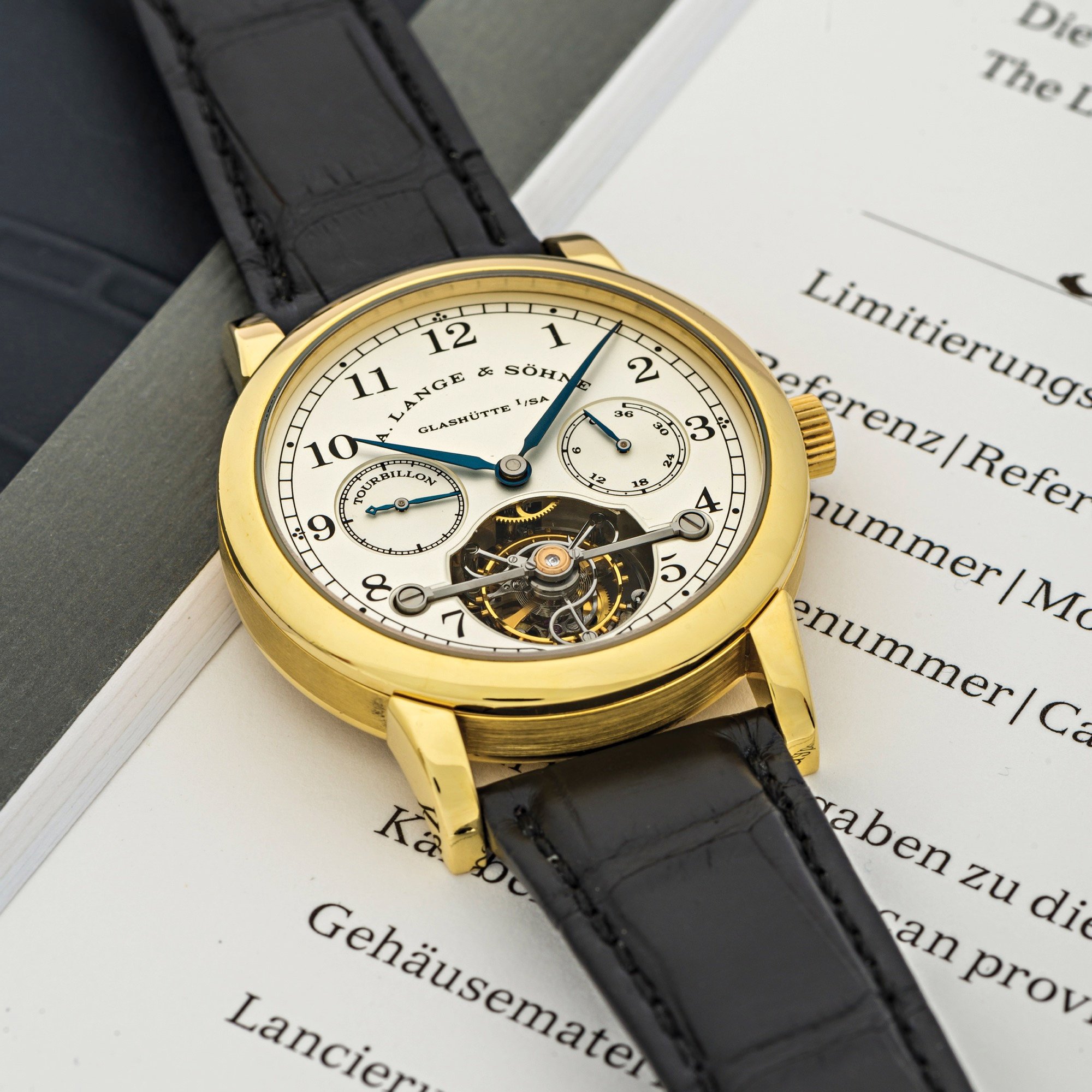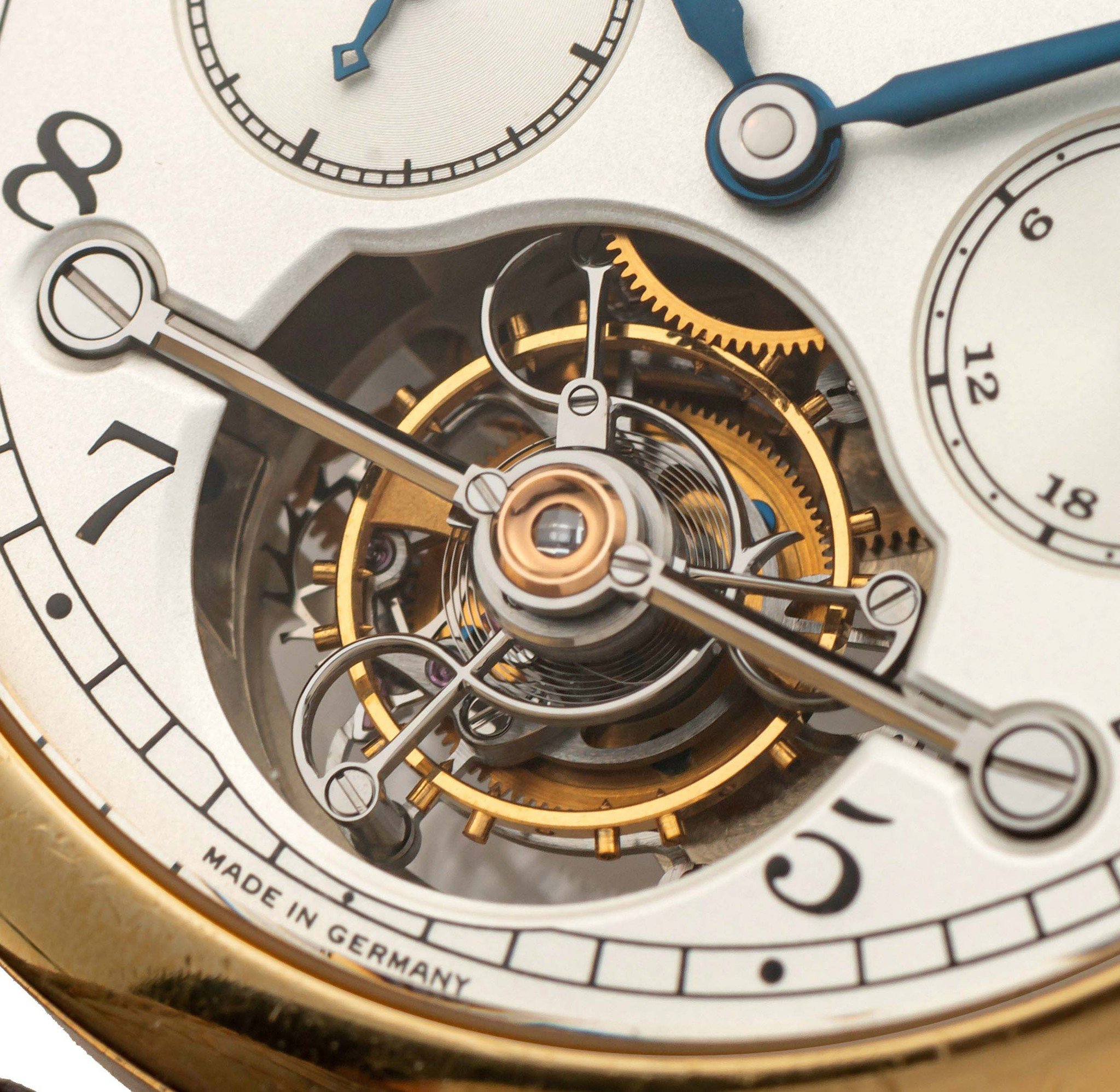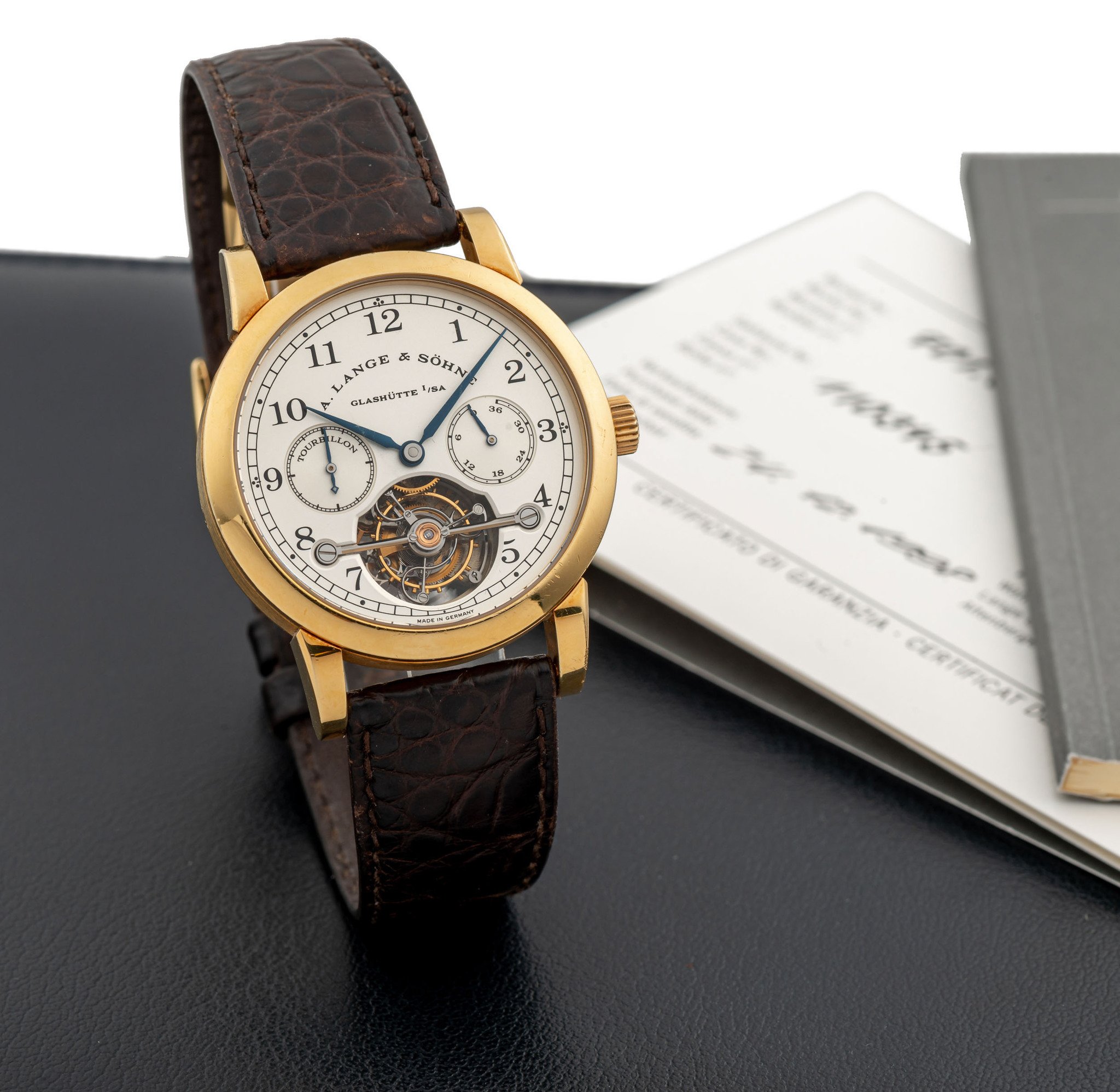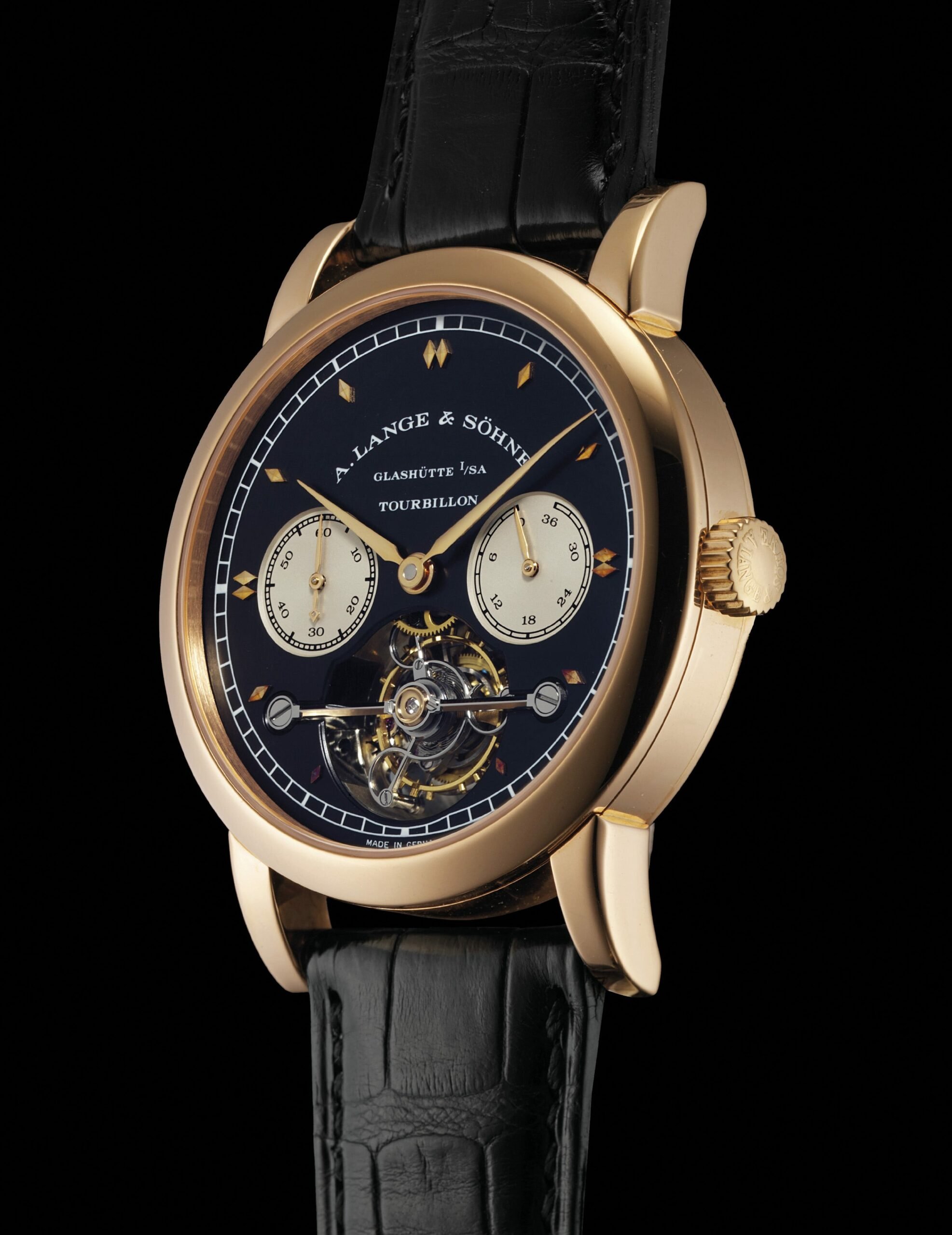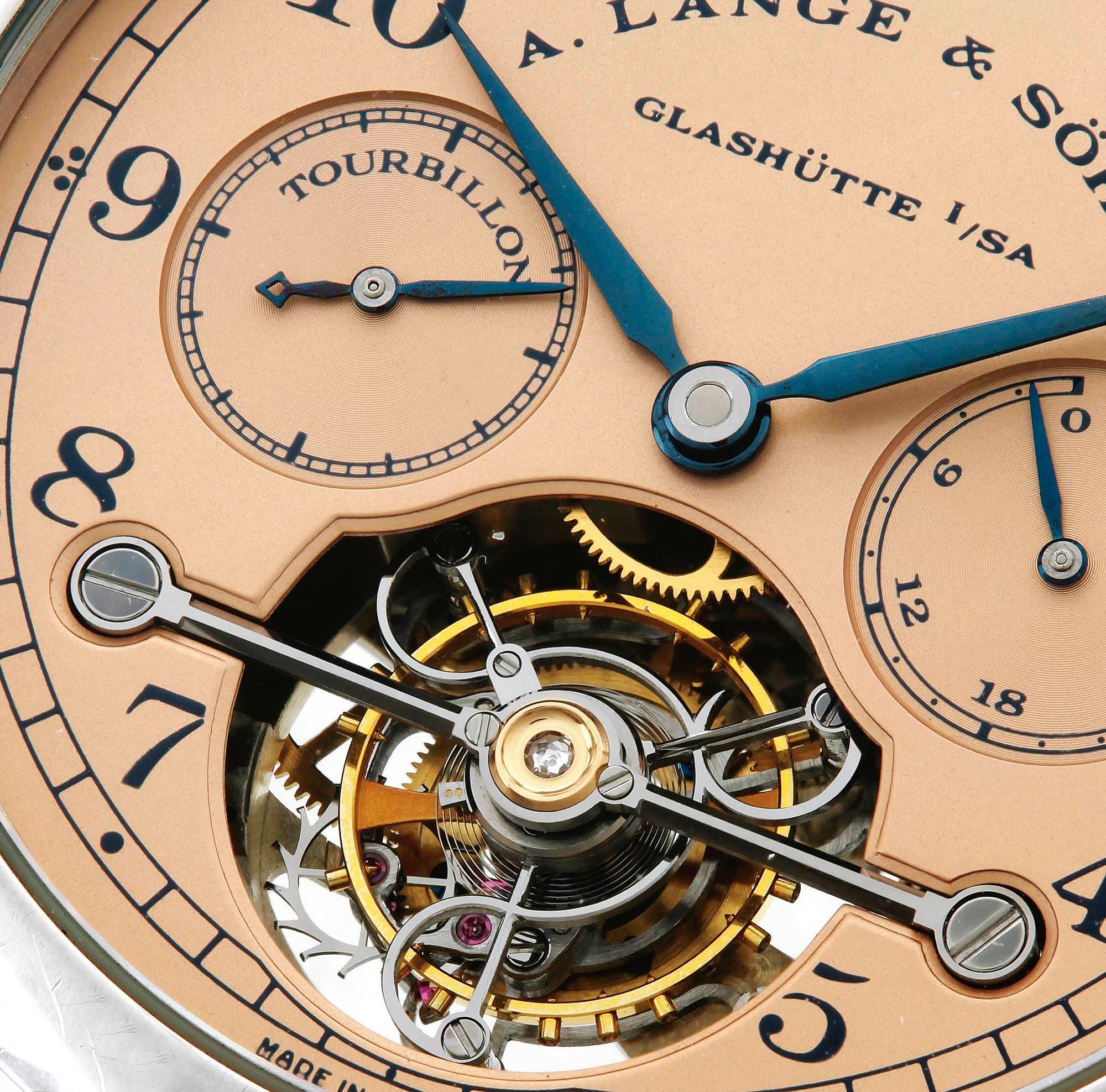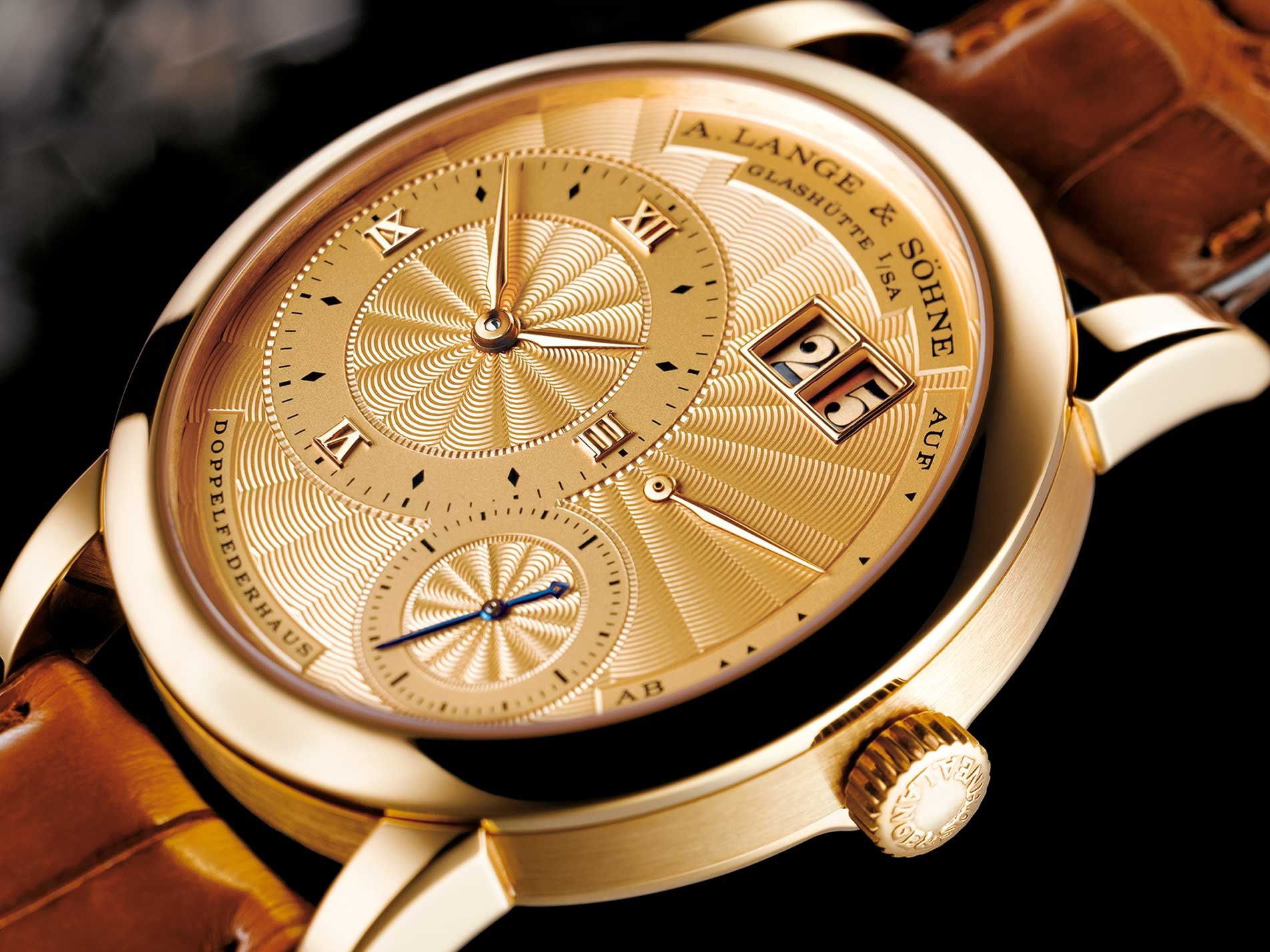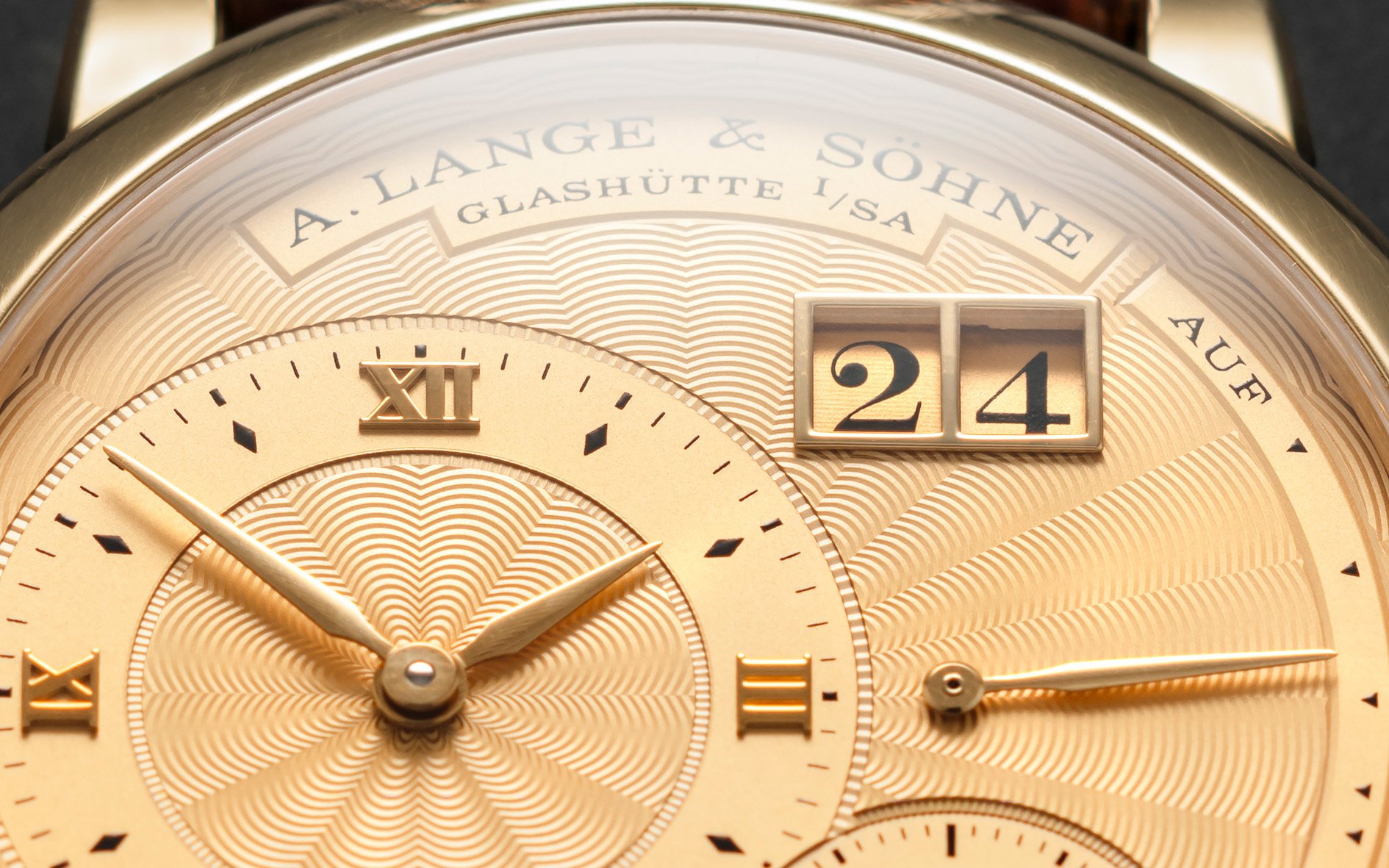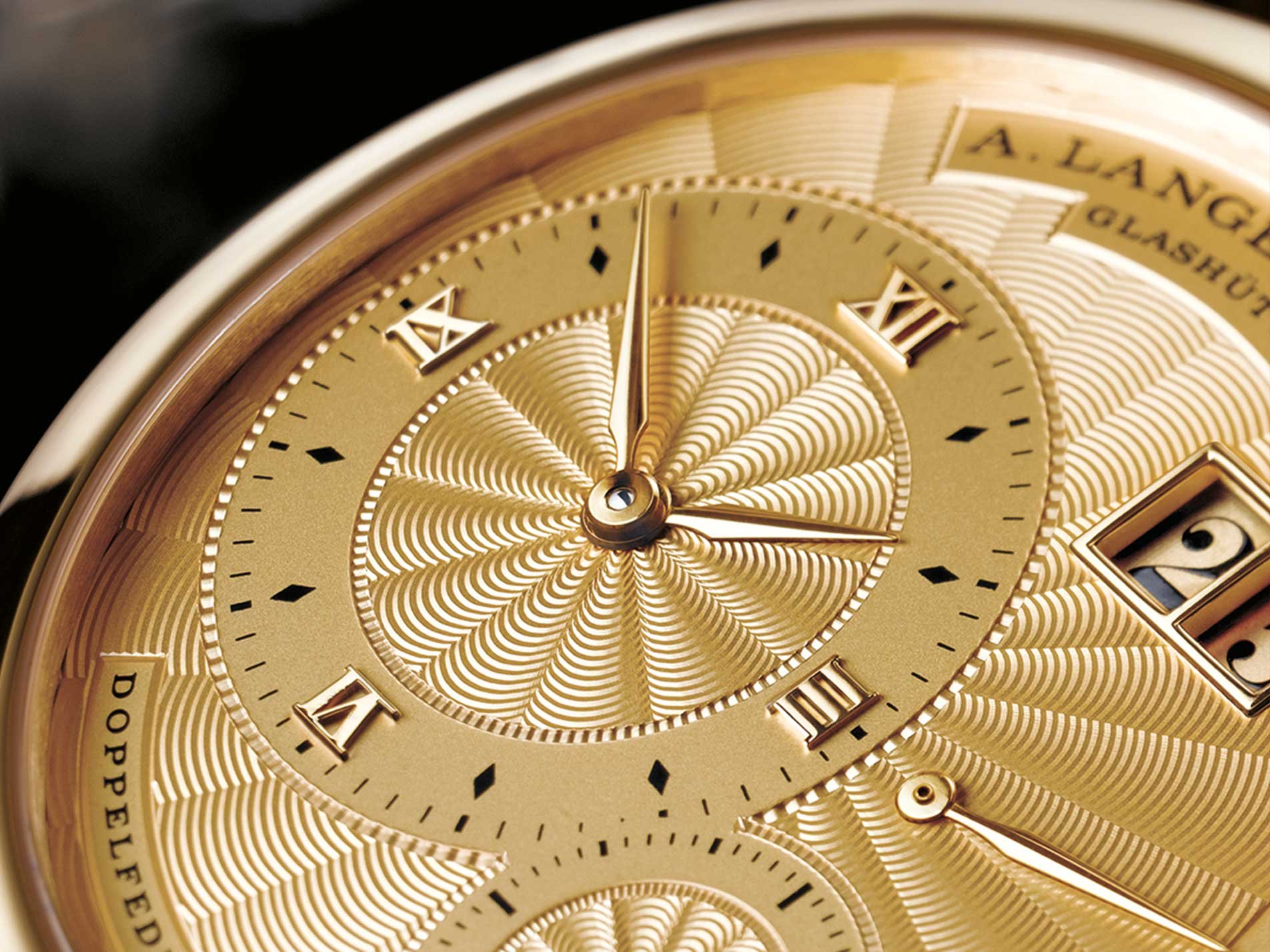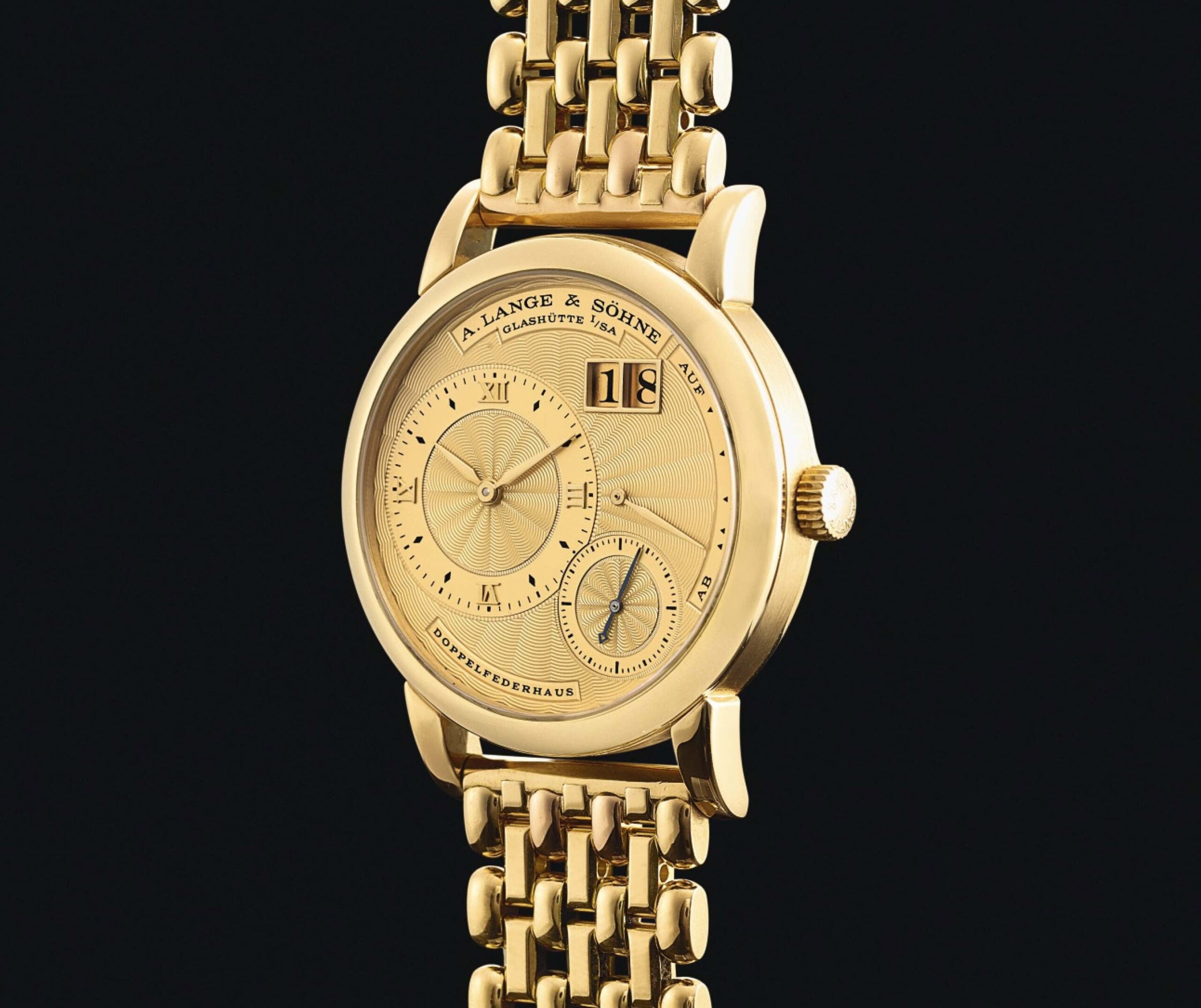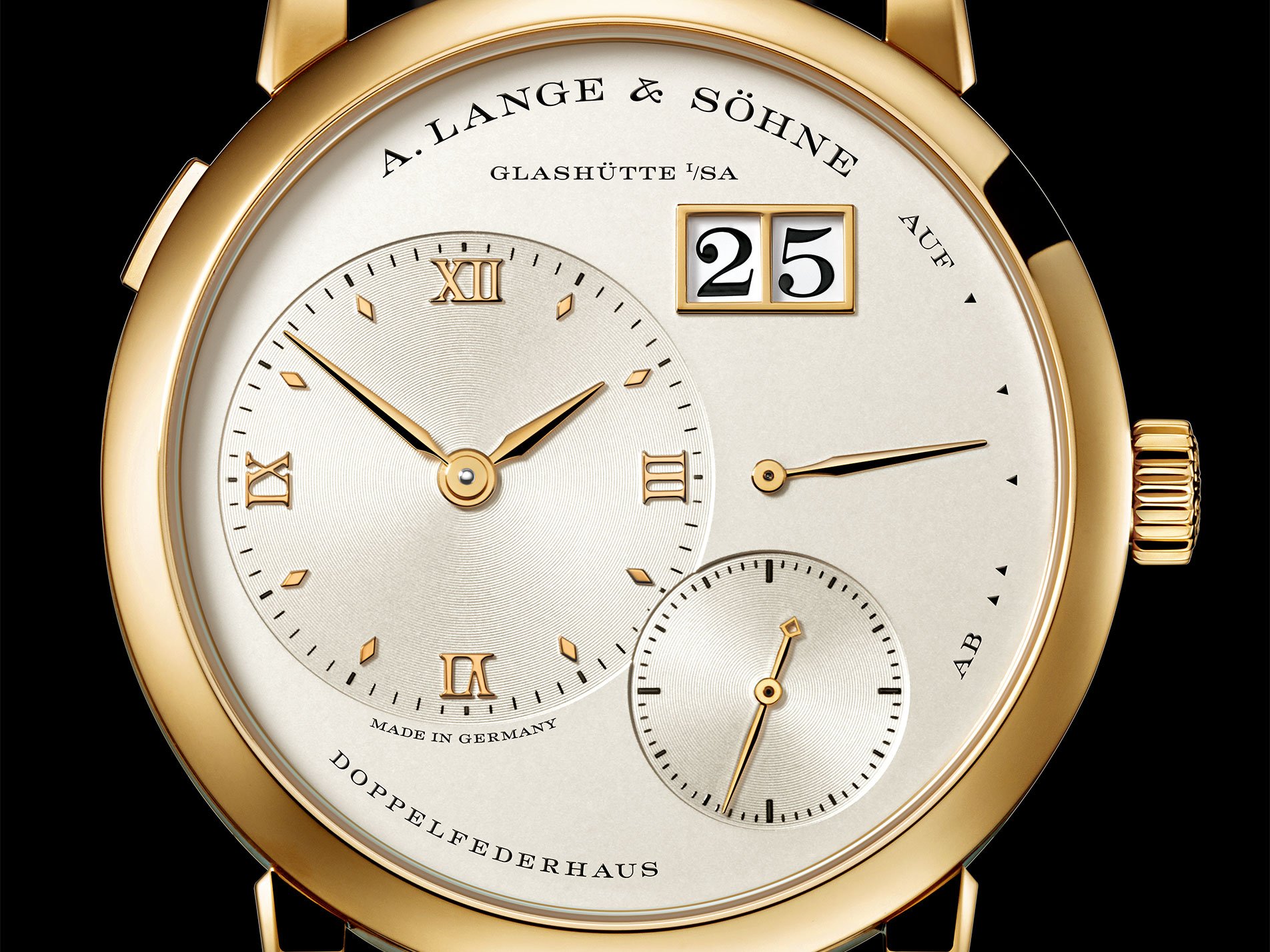Buying Guide: The Best A. Lange & Söhne Watches From The 1990s
We like to talk about vintage watches a lot within the Fratello team. Though most of what we write about is primarily focused on the most recent releases and developments, for many of us, a lot of the fun can be found in the sometimes weird and often wonderful world of vintage watches. It’s a world full of history, remarkable watches, incredible stories, and quirky details. It inspired us to come up with a series of articles focusing on the best watches per decade from a select group of brands. Some of them are priceless, and some of them are still affordable. In this installment, we will take a look at the best A. Lange & Söhne watches from the 1990s.
This week, we will continue our journey through watch history to find the best watches from the 1990s. As I have mentioned in the previous articles discussing the best watches from the 1980s, mechanical watches slowly started making a comeback in that decade. By the time the 1990s began, quartz was still dominating the watch industry. But you could slowly see the two finding space next to each other.
With the gradual rise in the popularity of mechanical watches, we also saw a shift in perception. Mechanical watches became a luxury statement produced by prestigious brands with centuries of watchmaking history. It set them apart from mass-produced, cheap quartz watches. This luxury status was further backed up by a renewed interest in watches with classical complications. Combining the rich history of watchmaking with technical masterpieces set mechanical watches apart from the fast world of quartz watches once and for all.
A. Lange & Söhne in the 1990s
One brand that is all about creating technical masterpieces is A. Lange & Söhne. The brand from Glashütte in Germany had been absent from the world of watchmaking for five decades when the Berlin Wall fell in 1989. But with that historic event, Walter Lange seized the opportunity to imagine a new beginning for his family business in the German watchmaking capital. In 1990, Walter Lange and Günter Blümlein created a plan to revive A. Lange & Söhne from scratch. After Blümlein successfully restructured IWC and Jaeger-LeCoultre, this was a great new challenge for one of the industry’s great visionaries.
Without watches, machinery, or people, the two men created a vision of building the best watches in the world in Glashütte all over again — something the brand was known for in the late 19th and early 20th centuries. Blümlein wanted to bring back the idea that “Made in Germany” represented the absolute best in the world of watchmaking. Two years after starting the mission, the new Lange Uhren GmbH filed its first patent with the outsize date in 1992. Another two years later, in 1994, A. Lange & Söhne successfully introduced its first new collection consisting of four watches at the Dresden Royal Palace. Three of the four models featured the patented outsize date.
The first signs of greatness
The collection consisted of the Saxonia, the Arkade, and two pivotal new watches created by Blümlein — the now-iconic Lange 1 and the Tourbillon “Pour le Mérite”. The Lange 1 perfectly represented the brand’s mission that is still very much alive today. With the outsize date and a brilliantly innovative dial, the Lange 1 was a genius piece of typical German design, made possible by outstanding watchmaking with extreme attention to detail. Almost three decades later, the Lange 1 has become the brand’s biggest icon, and it hasn’t aged a single day.
The second important watch that Lange introduced was the Tourbillon “Pour le Mérite”. It was the perfect testament to the mission of creating the best and most complex wristwatches in the world in Glashütte. The watch features a tourbillon regulator and a fusée-and-chain transmission. This constant-force mechanism had never been integrated into a wristwatch, and as such, A. Lange & Söhne introduced a world-first. It was proof that the brand could create timepieces among the best in the world, something that more and more people have come to acknowledge over time. As a result, A. Lange & Söhne is considered among the absolute top brands in the world of watchmaking.
Introducing another icon
Another highlight in the 1990s was the introduction of the A. Lange & Söhne Datograph in 1999. It was perfect proof of Blümlein’s eye for product development — something that he had already proven at IWC with the development of the Grande Complication and the Il Destriero Scafusia. But he also showed his vision at Jaeger-LeCoultre with the reintroduction of the Reverso. It showed Blümlein had a great sense of developing products based on what a brand needed, rather than simply maintaining the status quo.
With the Datograph, A. Lange & Söhne introduced an in-house-developed chronograph movement. It was something that the brand’s competitors in the world of haute horlogerie were not able to achieve at the time. It was also stark proof that Walter Lange and Günther Blümlein had succeeded in their mission to create something truly special with the A. Lange & Söhne brand. Thirty years after the first new collection debuted, this is a sentiment watch enthusiasts all over the world share. Let’s look at five of the watches that the brand introduced in those first years leading up to the new millennium.
The Entry Point — A. Lange & Söhne Saxonia ref. 105.025
The first watch on this list is part of the second generation of A. Lange & Söhne Saxonia models introduced in 1997. Why not a model from the first generation from 1994? Because most A. Lange & Söhne enthusiasts agree that the movement of the second generation is better than that of the first. And I love the platinum version of the second-generation models, which wasn’t a part of the first generation. But let’s start at the beginning. What did not change between the first and second generations is the case design. The Saxonia ref. 125.025 features the characteristic 33.9mm case executed in platinum. It is 9.1 mm thick and is a true work of art. The three-step case structure looks stunning from the side.
The case is rather small compared to watches today, and that’s why the brand introduced bigger Saxonia models over time. But the combination of the modest platinum case with the silver dial and platinum hands and markers looks amazing. It is a great, monochromatic statement that looks incredibly refined. In my opinion, the best design detail on the dial is the logo, which is written in full from 9 to 3 o’clock. It does not simply serve as a logo, but rather, as a counterweight to the characteristic big date display and the small seconds register on the lower part of the dial. It maintains a natural balance that I love.
A new and improved movement
As I mentioned earlier, A. Lange & Söhne updated the movement for the second generation of the Saxonia. The first generation models were powered by the baguette-shaped manual winding Caliber L911.3. For the second generation, the brand introduced Calibre L941.3. This manual-winding round movement operates at 21,600vph, has 30 jewels, and has a power reserve of 42 hours. The pusher at the 2 o’clock position changes the date. While the first-generation models have a closed case back, the second generation models feature a sapphire display case back, making it possible to see the movement in action.
Finding one of these platinum Saxonia models from the late 1990s is not easy. You’re far more likely to find one of the other references in yellow gold with a silver dial (ref. 105.021/022) or white gold with a blue dial (ref. 105.027). There is also a platinum version with a black dial (ref. 105.035) nicknamed the “Darth” Saxonia. As I mentioned, I prefer this platinum ref. 125.025 because of its understated, monochromatic presence. As they do not come up for sale very often, it’s somewhat tough to give a price range. But expect to pay between roughly €20K and €25K for one. That makes this A. Lange & Söhne Saxonia ref. 105.025 the first platinum entry-level watch in this series. It sounds bonkers, but it is, therefore, even cooler.
My pick — A. Lange & Söhne Datograph Ref. 403.035
My pick for this list was a tough one this week. I love the Lange 1 a lot. It is a brilliant masterpiece in design and technical craftsmanship. Plus, there are some stunning versions of the watch that could have easily been my pick. But in the end, I chose the first A. Lange & Söhne Datograph ref. 403.035. The Datograph and the 1815 Chronograph are my two favorite A. Lange & Söhne models. The brand has managed to create two chronograph models that I consider personal grail pieces. While I will save the 1815 Chronograph for next time as it was introduced in 2004, the Datograph was introduced in 1999.
The first Datograph that the brand introduced was the ref. 403.035 with a platinum case and a black dial. The reference was in the collection from 1999 until 2011. A. Lange & Söhne did not introduce a different version of the watch until 2003. That’s when a pink gold version with a black dial was released, known amongst enthusiasts as “the Dufourgraph.” It got its nickname because Philippe Dufour owns a pink gold Datograph and has stated on multiple occasions that the Datograph is the best chronograph ever made. After 2003, the company introduced more variations of the Datograph that all look stunning. But let’s get back to the original Datograph from 1999.
The spectacular movement
The watch features a 39mm case that is 12.8mm thick. The dimensions are not out of the ordinary, but the weight of the platinum gives the watch a very substantial feel. Just like the Saxonia’s case, the case of the Datograph also consists of three layers. Visually, it consists of a case back ring, case band, and bezel. With a mixture of finishes, it is a joy to behold. The biggest achievement, in my opinion, however, is the spectacular dial. Initially, the lowered silver sub-dials, the big date display, and the Roman numerals do not seem to make sense. But the more you look at it, the more you see that there is a perfect balance. This balance comes from the sub-dials and the date display, which form a perfect triangle. The three Roman numerals are also perfectly in sync, forming another triangle.
Inside the case, you will find the spectacular Caliber L951.1, developed by Reinhard Meis. It is a manual-winding, column-wheel chronograph movement with a horizontal clutch. It operates at 18,000vph and has 40 jewels and 36 hours of power reserve. The movement features a flyback mechanism and a jumping minute counter. Its sophistication was unmatched at the time of its introduction. Seeing the 405 parts in action through the sapphire display case back is truly stunning. There is not enough room in this article to do the Datograph justice. But if I ever had the money to buy one, I would not hesitate for one second. Though knowing that the Datograph ref. 403.035 goes for roughly €70K to €85K, that’s going to take a bit of saving.
Money is no object #1 — A. Lange & Söhne Lange 1 ref. 101.001
When picking a Lange 1 for this article, there is really only one way to go. The first reference that started it all is the watch to talk about. Having said that, there are so many other Lange 1 models that deserve to be in this article. But let’s get back to the beginning. When Walter Lange and Günther Blümlein presented the inaugural collection in 1994, the new Lange 1 was the flagship of the brand. The ref. 101.001 that was presented featured a 38.5mm yellow gold case with yellow gold hands and a champagne dial. That first year, the brand also offered the watch in a yellow gold case with blued steel hands and a silver dial (ref. 101.002) or in a platinum case with a silver dial (ref. 101.005).
For the Lange 1, Blümlein knew that the last thing the brand should do was try to emulate its Swiss competitors. The design needed a German, more technical, and engineered feel that didn’t betray the brand’s past. A design team featuring Reinhard Meis and the legendary Kurt Klaus set out on a mission to create something unique. The results were stunning, both visually and technically. From the case to the dial and from the hands to the movement, every detail was designed to be the pinnacle of what the “new” A. Lange & Söhne would stand for. I particularly love the dial design based on the “rule of thirds.” It is a stroke of genius that deserves more attention than I can give it, but it is the key to the incredibly well-balanced dial with its off-center elements.
Starting with solid case backs
The first Lange 1 models had solid gold case backs. A year after introduction, the brand also started offering the watch with a sapphire case back. Then, in 1997, Lange stopped offering the watch with a solid case back. By introducing the sapphire crystal case back, the brand allowed its customers to enjoy seeing the L901.0 movement in action. The manual-winding movement operates at 21,600bph, has 53 jewels, and boasts a 72-hour power reserve thanks to its “doppelfederhaus,” or double barrel. It features a big date display at 12 o’clock, a power reserve indicator at 3 o’clock, small seconds at 5 o’clock, and an hours-and-minutes dial at 9 o’clock. The movement uses the gear train from Jaeger-LeCoultre’s caliber 822, which was heavily modified for the unique dial layout.
The way A. Lange & Söhne made these modifications would be the blueprint of the brand’s identity for all the movements that came after. It featured a German silver three-quarter plate, blued screws, and gold chatons. Additionally, the movement displayed a beautifully hand-engraved balance cock and Glashütte ribbing. It was the perfect modern execution of A. Lange & Söhne’s long tradition in watchmaking excellence. The first-generation Lange 1 stayed in production until 2015. During that time, the brand created several stunning variations. But it all started with this Lange 1 ref. 101.001. Finding one is not impossible, but in general, you have to try your luck at auctions, as they are very sought-after pieces. Prices start at roughly €30-35K and move up quickly to around €50K for an early model with a solid case back. Considering its significance and some of its competitor’s prices, that’s pocket change.
Money is no object #2 — A. Lange & Söhne Tourbillon “Pour le Mérite”
The next watch on this list is the A. Lange & Söhne Tourbillon “Pour le Mérite”. When the brand introduced its inaugural collection at the residential palace in Dresden on that special night in 1994, Walter Lange himself wore no. 1 of the first reference 701.001. In the years that followed, the brand produced only 200 pieces of this horological work of art. A total of 149 examples were created in gold, 50 in platinum, and one in stainless steel. The name Pour le Mérite, meaning “For Merit,” comes from an order of merit established by the King of Prussia in 1740. The honorary degree was awarded to military and civil services and ranked amongst the most prestigious orders of that era.
Additionally, for A. Lange & Söhne as a brand, the watch’s name also refers to the merit of creating watches with a fusée and chain. The Tourbillon “Pour le Mérite” was the world’s first wristwatch that combined the fusée and chain mechanism with a tourbillon. As such, it more than deserves the name that it bears. The fusée-and-chain mechanism was developed to achieve greater accuracy. It makes sure that the movement always receives a constant amount of energy by regulating the waning force of the unwinding mainspring. On the A. Lange & Söhne website, you can read a more in-depth explanation of the fusée-and-chain mechanism.
The beginnings of an exceptional movement manufacture
The A. Lange & Söhne Tourbillon “Pour le Mérite” features a 38.5mm case that is 10mm thick. Considering the complications it houses, those are pretty modest dimensions for the case. The design of the case features the same three-step structure as the Lange 1 and the Saxonia that were introduced at the same time. Overall, the case design is pretty straightforward, but it offers enough intricacies to make it a signature design for the brand. Especially combined with the mix of polished and brushed finishes and the curved lugs, there is no mistaking that it’s an A. Lange & Söhne case. Inside the case, you will find the brilliant L902.0 movement that powers the watch.
The concept for this exceptional movement came from Günther Blümlein. To develop the movement, he worked with Reinhard Meis and Giulio Papi (of Renaud & Papi fame). While at IWC, he had worked with Renaud & Papi to develop a modern minute repeater. It had led to the famous IWC Grande Complication, and later, the Il Destriero Scafusia. The manual winding movement operates at 18,000vph, has 29 jewels, and has a power reserve of 36 hours. It features central hour and minute hands, a small seconds sub-dial at 9 o’clock, and a power reserve indicator at 3 o’clock. The big dial cut-out reveals the tourbillon mechanism at 6 o’clock, inspired by the brand’s tourbillon pocket watches from the first half of the 20th century.
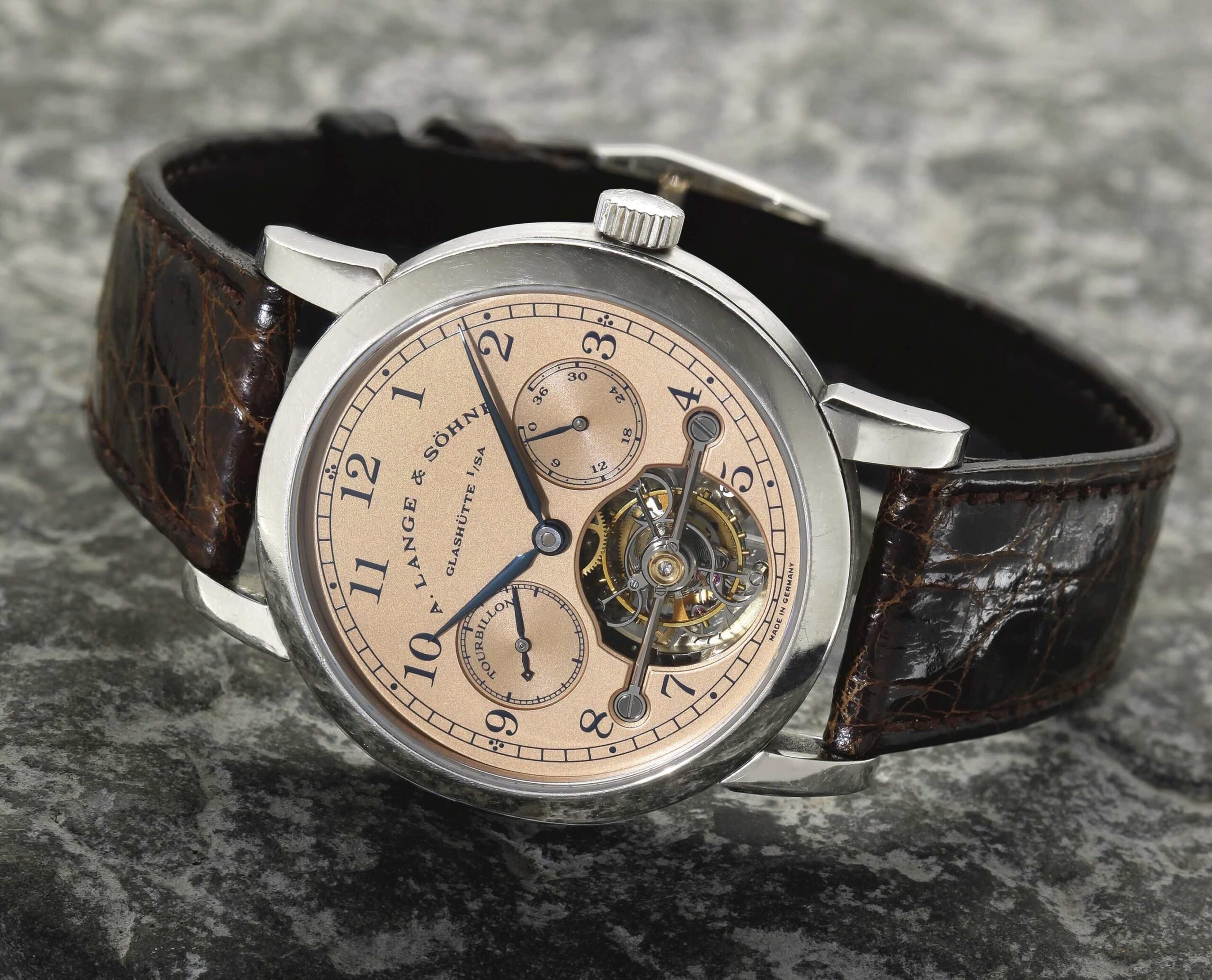
The piece unique version of the 701.005 with a pink gold dial and platinum case – Image courtesy of Sotheby’s
The historical significance
Dedicating a couple of paragraphs to the A. Lange & Söhne Tourbillon “Pour le Mérite” is not doing the watch justice. There is so much more to tell about the dial design, the inspiration for the tourbillon mechanism, and the different references that the brand produced. I specifically did not pick just one of the references because there is no best pick when it comes to this watch. Based on personal preferences, I love the aesthetics of the ref. 701.011 you see pictured above. But when it comes to historical significance, the ref. 701.001 is the most important of the 200 pieces that were produced. It proved to be the perfect new beginning to the A. Lange & Söhne legacy as one of the leading watch manufactures in the world.
When it comes to buying one of these unique A. Lange & Söhne Tourbillon “Pour le Mérite” pieces, auctions are your best bet. Prices for the watch depend heavily on the reference you are after. A total of 106 pieces were produced of ref. 701.001/751.001 in yellow gold, 19 pieces of ref. 701.007 in white gold, 24 pieces of ref. 701.011 in red gold, 50 pieces of ref. 701.005 in platinum, and one piece in stainless steel. Among the 200 pieces are several unique ones that have sold for over €300K and €400K, respectively. The more common gold pieces start at roughly €130K to €140K and go up depending on the dial configuration, as there have been quite a few different ones. Platinum pieces are rarer and therefore show up for sale less often. When they do, they fetch higher prices. But which is the most priceless version? That would be Walter Lange’s no.1 piece of ref. 701.001.
Money is no object #3 — A. Lange & Söhne Lange 1A ref. 112.021
The last watch on this list is the spectacular A. Lange & Söhne Lange 1A ref. 112.021, which was introduced in 1998. This special version of the Lange 1 was produced in a limited production run of 100 pieces, and it celebrated the opening of the new manufacture building named Lange 1A. The watch was the first special edition of the Lange 1 and the second special edition from the brand overall. For this special edition, A. Lange & Söhne stepped away from the usually chic, refined, and almost understated aesthetic of its dials. Instead, the Lange 1A ref. 112.021 introduced the brand’s first guilloché dial. It was also the brand’s first solid yellow gold dial. The only gold dial the brand had used previously was the pink gold dial for the unique Tourbillon “Pour le Mérite” we just discussed.
If you look closely at the picture, you will see that every element of the dial and the case, including the crown and pusher on the left side of the case, is made of yellow gold. Some pieces feature a blued steel small seconds hand that offers a nice hint of color. Unlike the watches we are used to seeing from the brand, this timepiece is anything but humble and understated. The absolute eye-catcher of this extravagant piece is, without a doubt, the stunning dial. It consists of an 18k yellow gold base with CNC-cut guilloché patterns radiating from the center of each engraved portion. The big date display is also executed in yellow gold, so it blends in perfectly.
Different materials for the movement
Inside the yellow gold case beats Caliber L901.1. Essentially, this is the same movement as the L.901.0 used for the regular first-generation Lange 1 models. Therefore, this manual-winding movement offers the same specs as its standard variant, operating at 21,600bph, with 53 jewels and a 72-hour power reserve. While the movement may not be technically different, it is constructed using different materials. More specifically, the watchmakers at Lange used gold for the lever and escape wheel and the hand-engraved balance, lever, and escape wheel cocks. Overall this is just a stunning piece that perfectly integrates the use of gold into the Lange 1.
Finding an A. Lange & Söhne Lange 1A ref. 112.021 is hard. With only 100 pieces produced, they don’t show up for sale often, which is quite understandable considering the watch’s rarity and spectacular presence. Two pieces showed up for sale at auctions in recent times. The first was number 100/100, sold in 2014 at a Christie’s auction for CHF 50K. The watch you see pictured above sold at a Sotheby’s auction in 2018 for $35K. So that would be the range that these spectacular watches go for. But be prepared to have patience if ever you would like to find one for sale.
Final thoughts
If anything, this article is only the tip of the iceberg when uncovering the brilliance of the watches A. Lange & Söhne created in the 1990s. After introducing the first collection in 1994, the brand quickly made a name as one of the leading luxury watch brands in the world. That reputation has only grown stronger over the years. I hope that this article will inspire you to find out more about the many brilliant watches the brand produced in the nineties. There are, quite simply, so many more models worth mentioning.
To find out more about A. Lange & Söhne, there are several great websites where you can read a lot more in-depth info. A good starting point is the official A. Lange & Söhne website, which has a lot of information on the history of the brand and its watches. A second crucial online resource for Lange fans is the Langepedia website by Alp. It offers a ton of great info that I used in creating this article. Also, check out the great Langenation Instagram page with great images of the different watches. If you are more into a hardcopy resource, try and get your hands on the brilliant book A. Lange & Söhne: Great Timepieces From Saxony, created by Reinhard Meis in collaboration with A. Lange & Söhne.
We’ll be back next time with the best Audemars Piguet watches from the 1990s. In the meantime, let us know what your favorite A. Lange & Söhne watches from the 1990s are in the comments section below!

